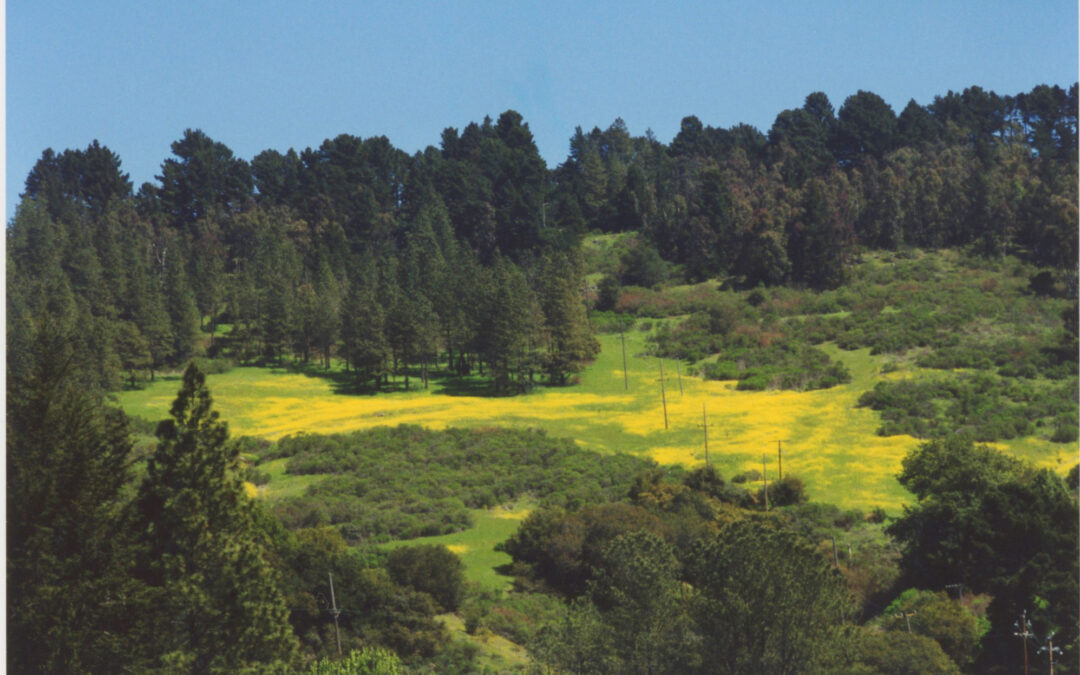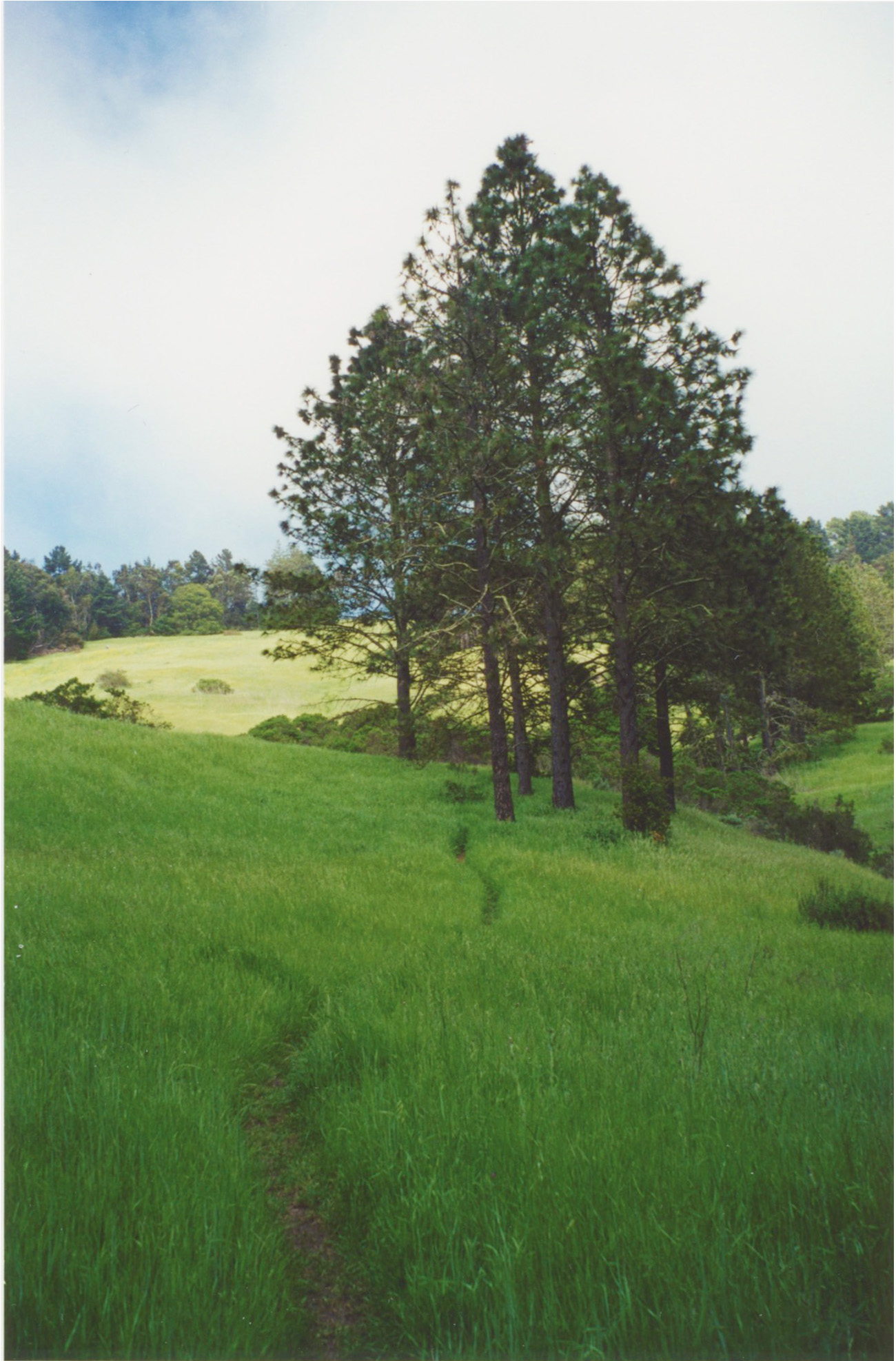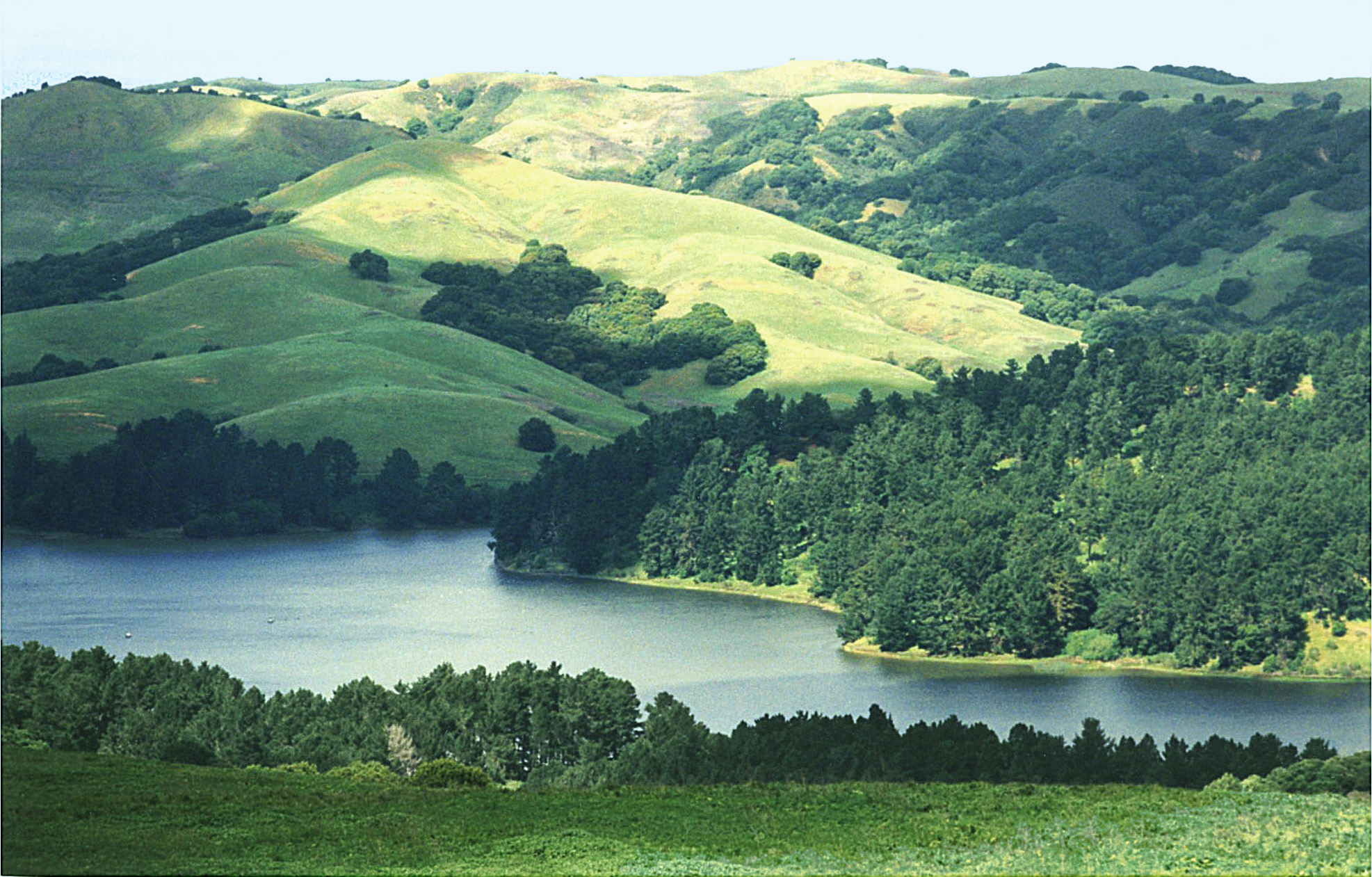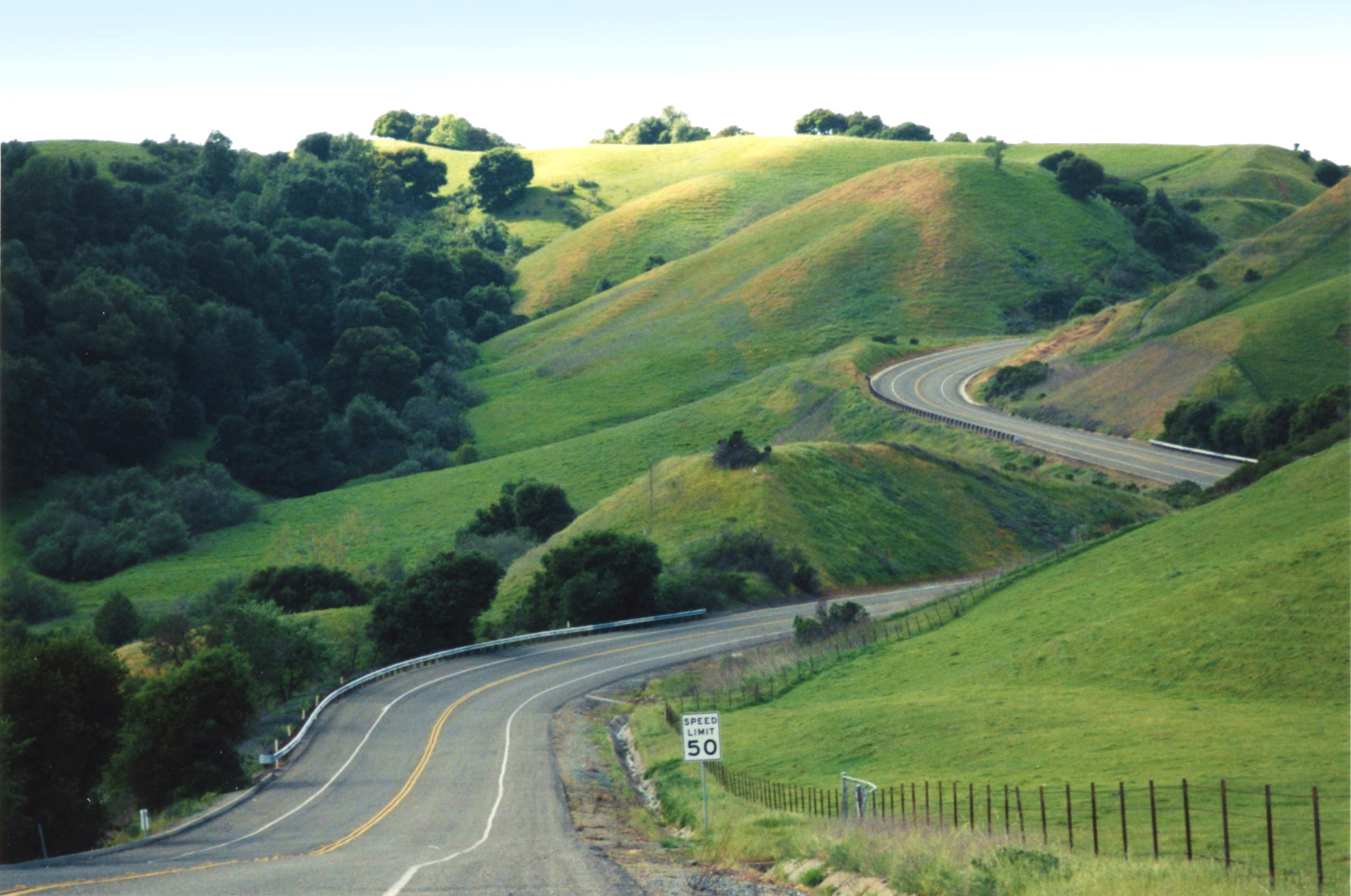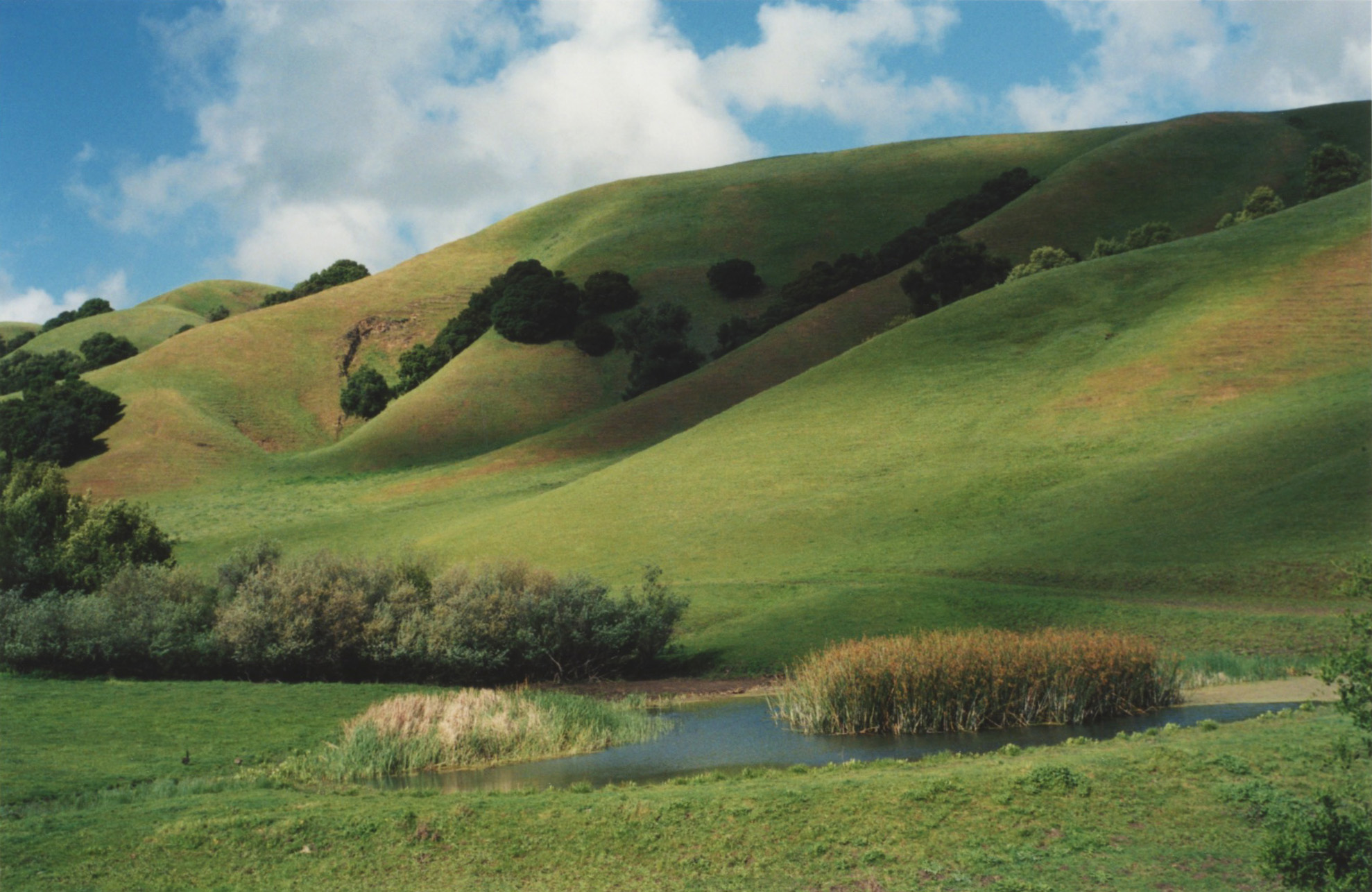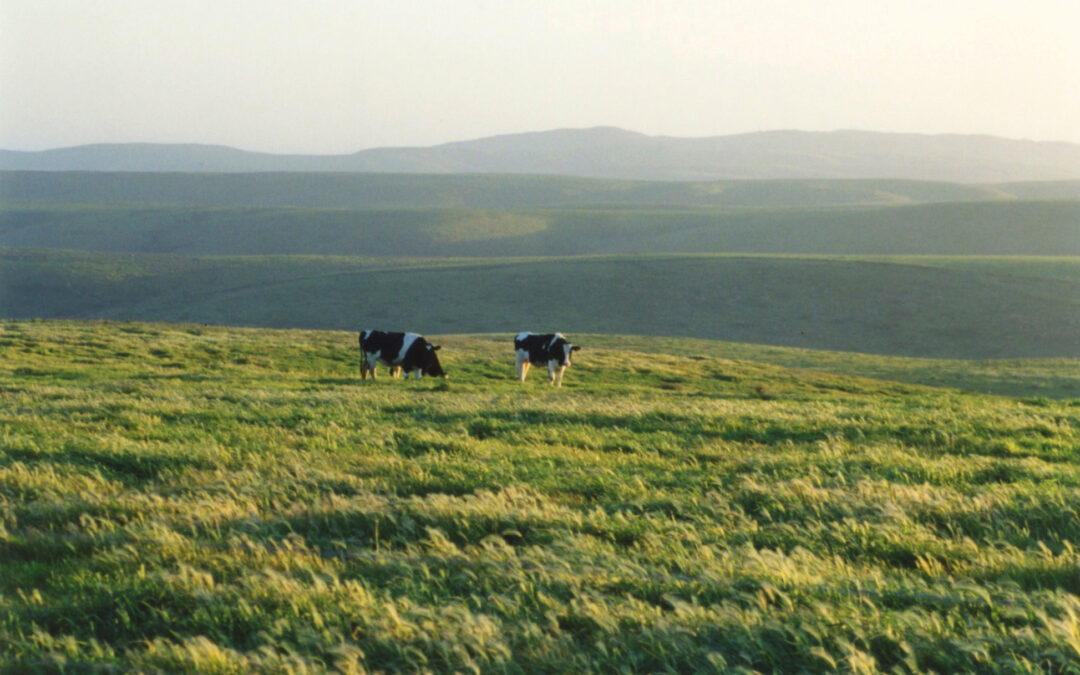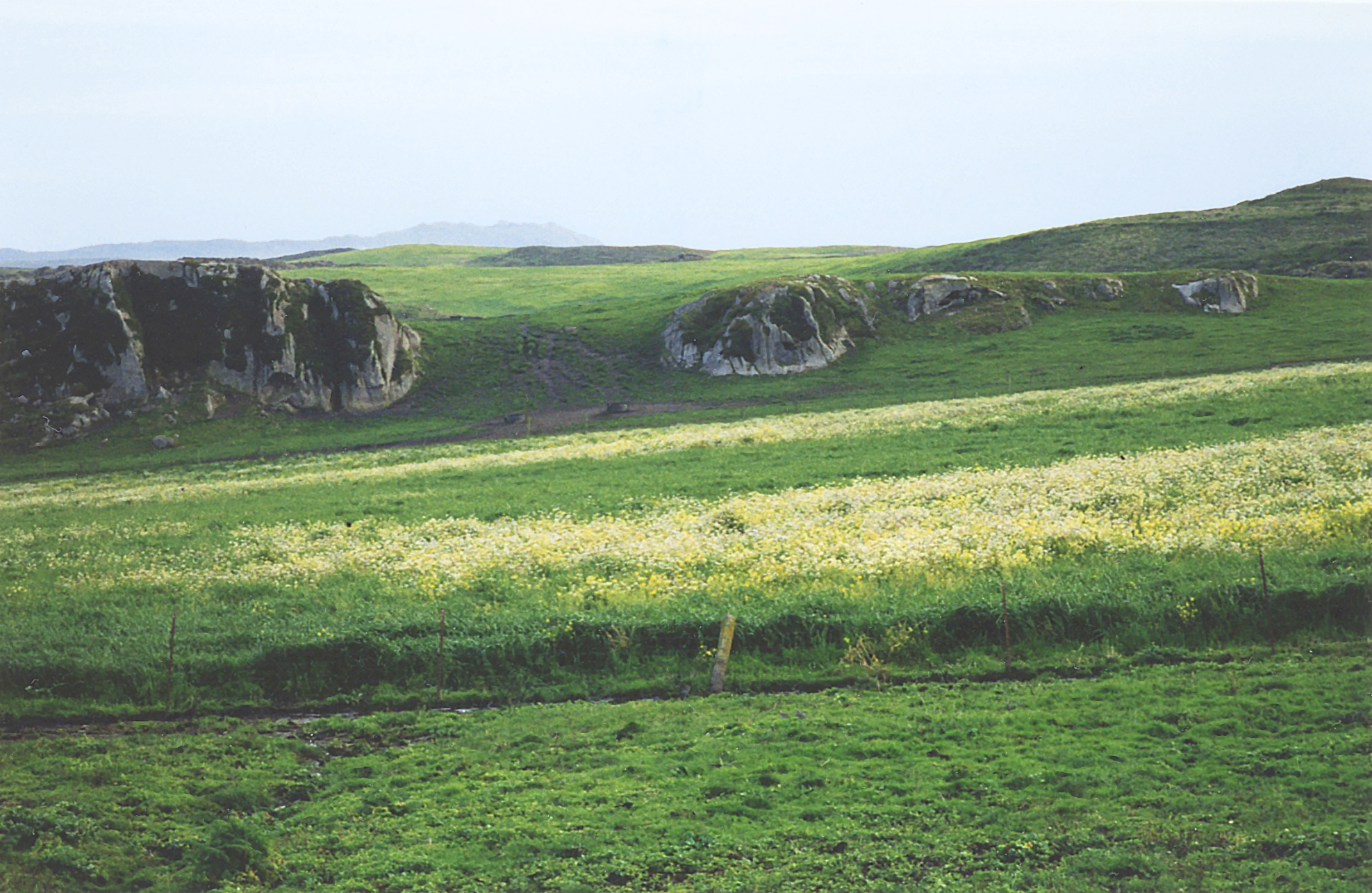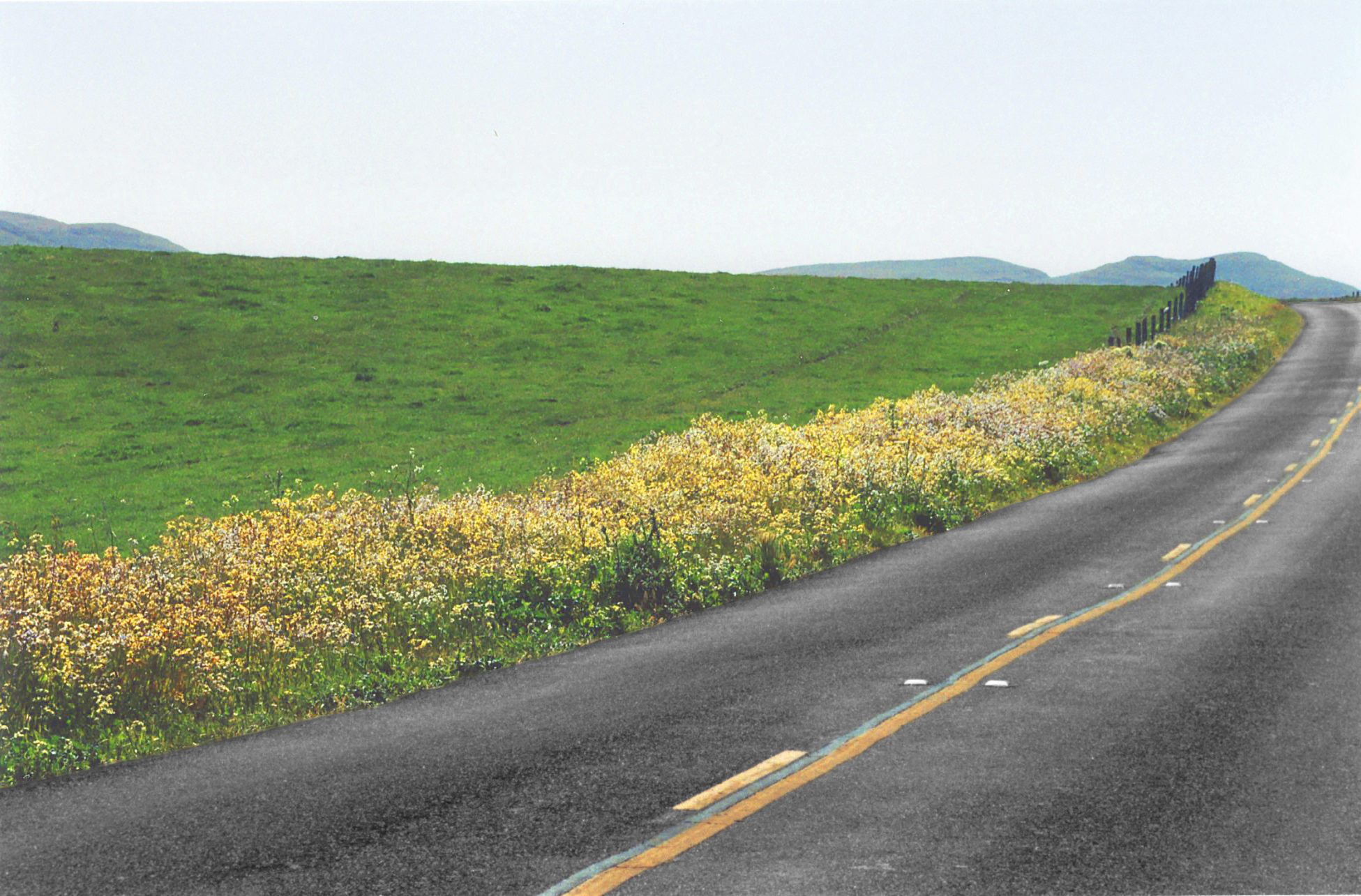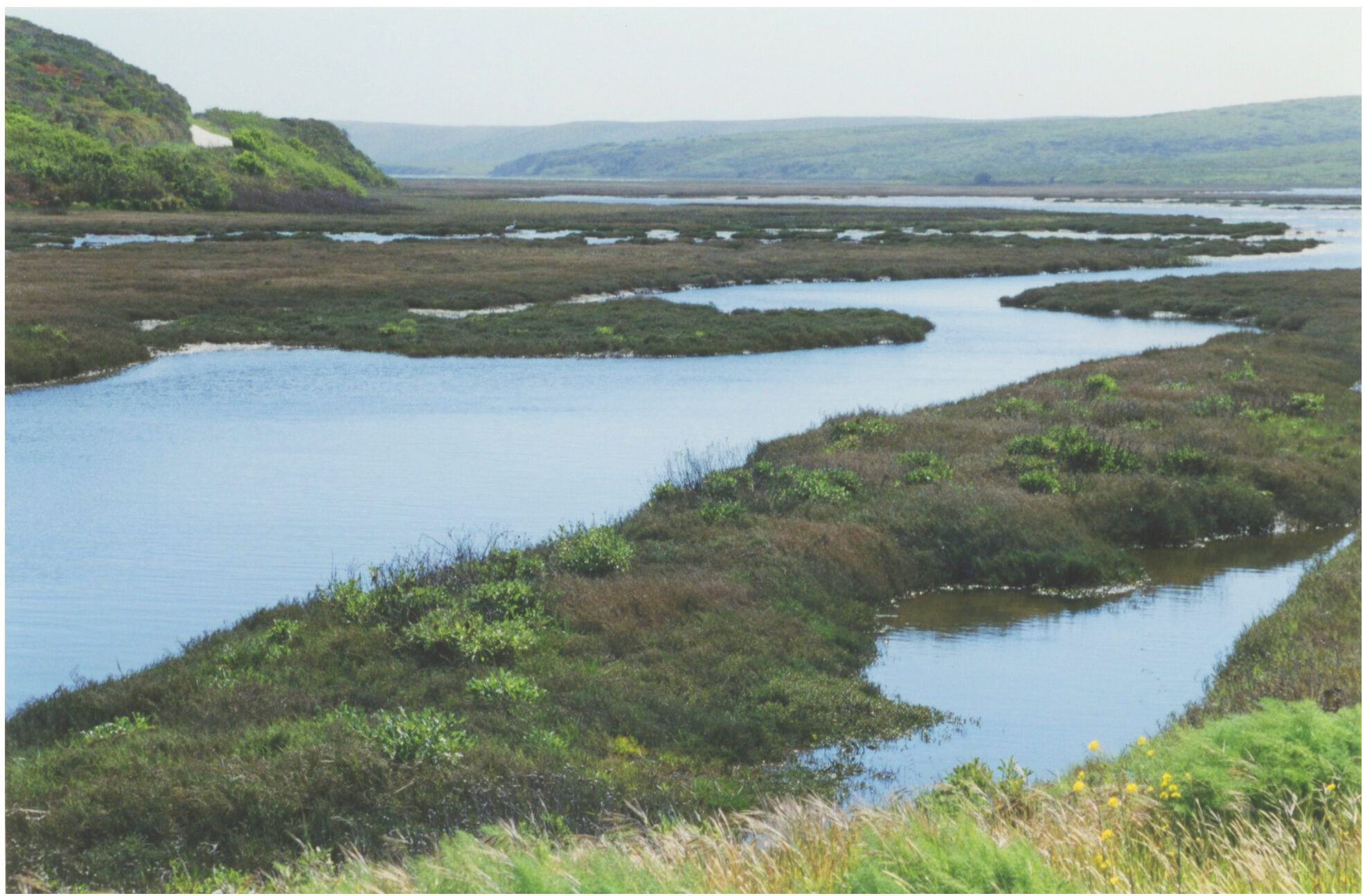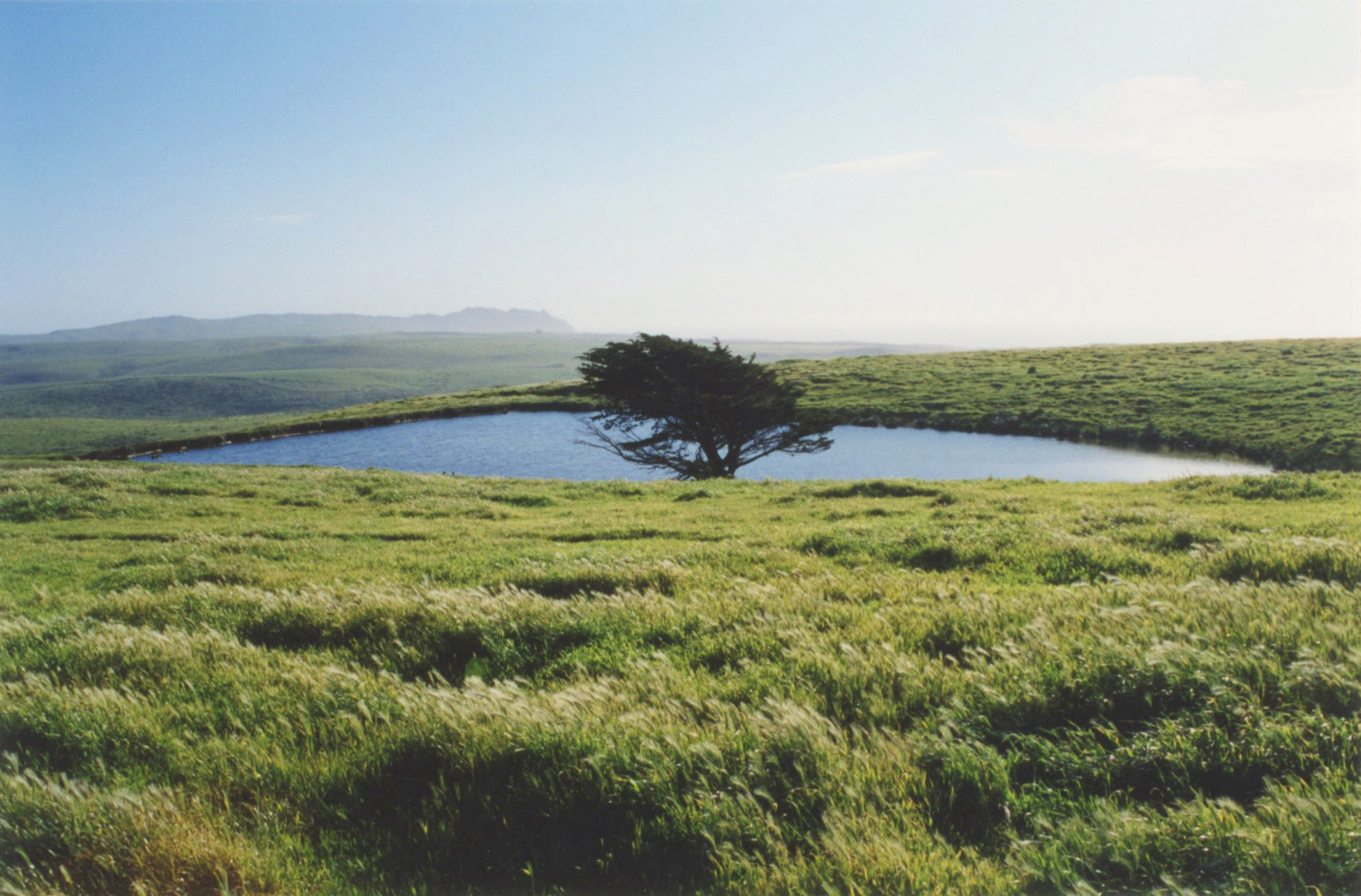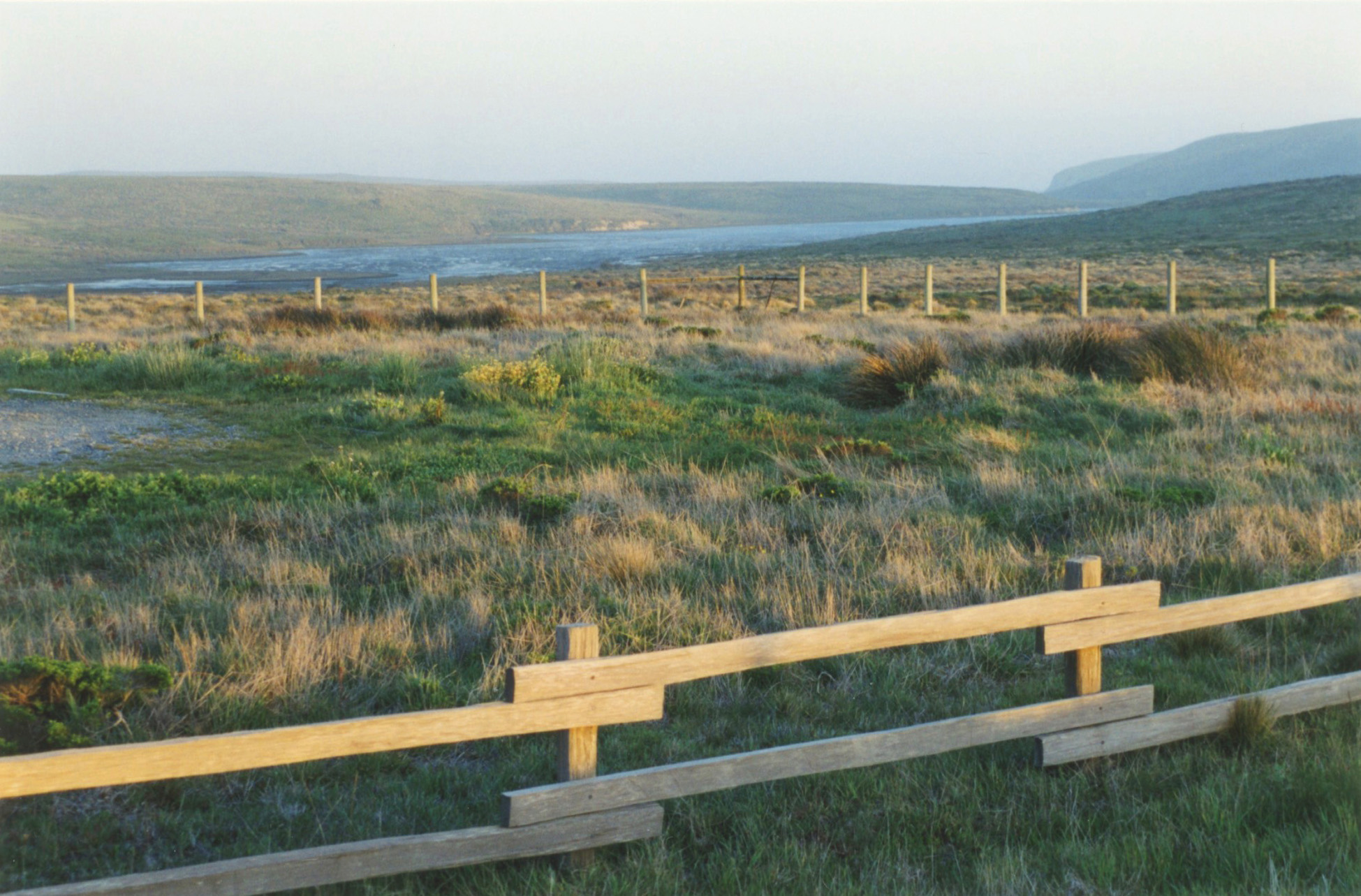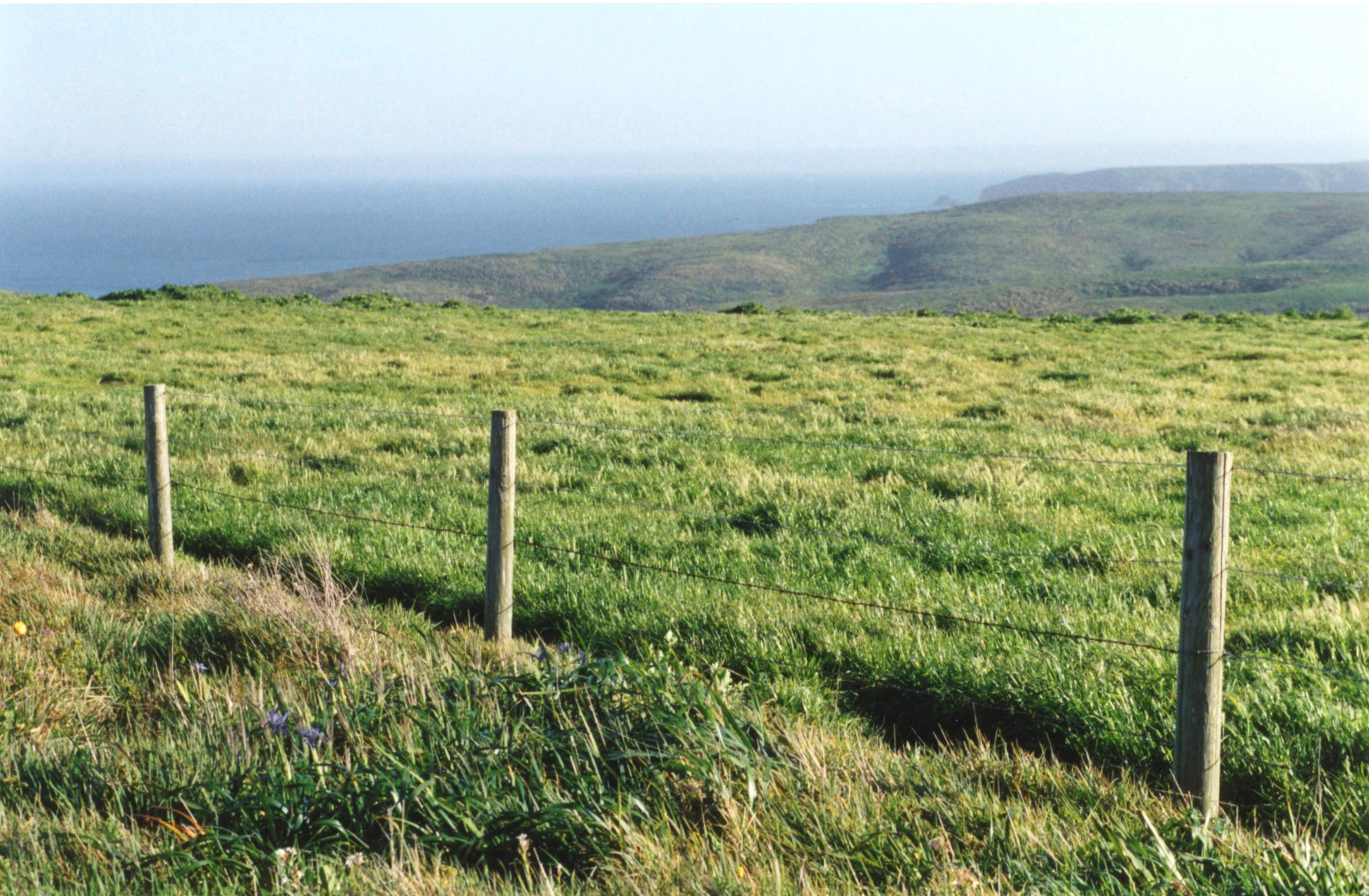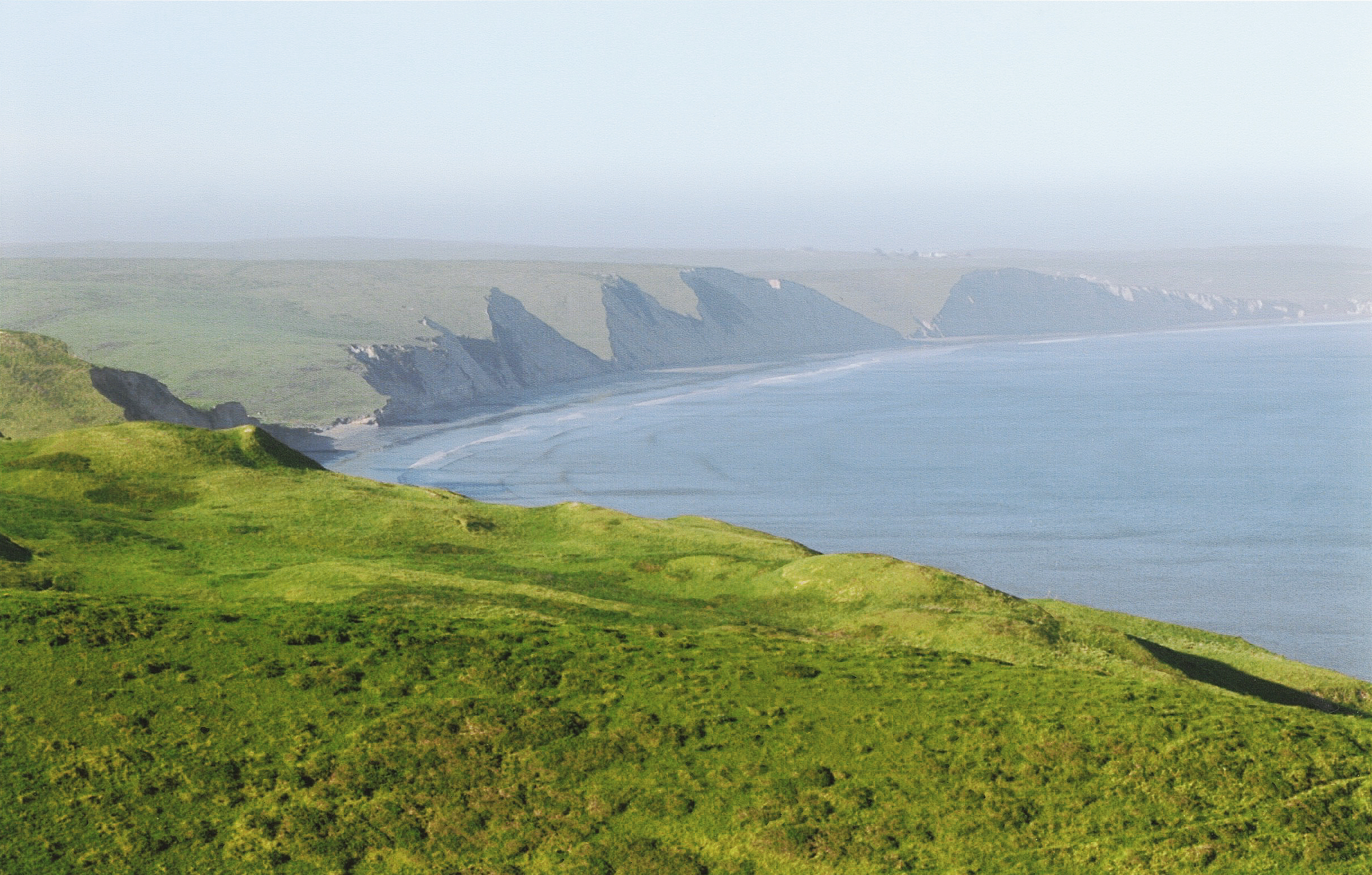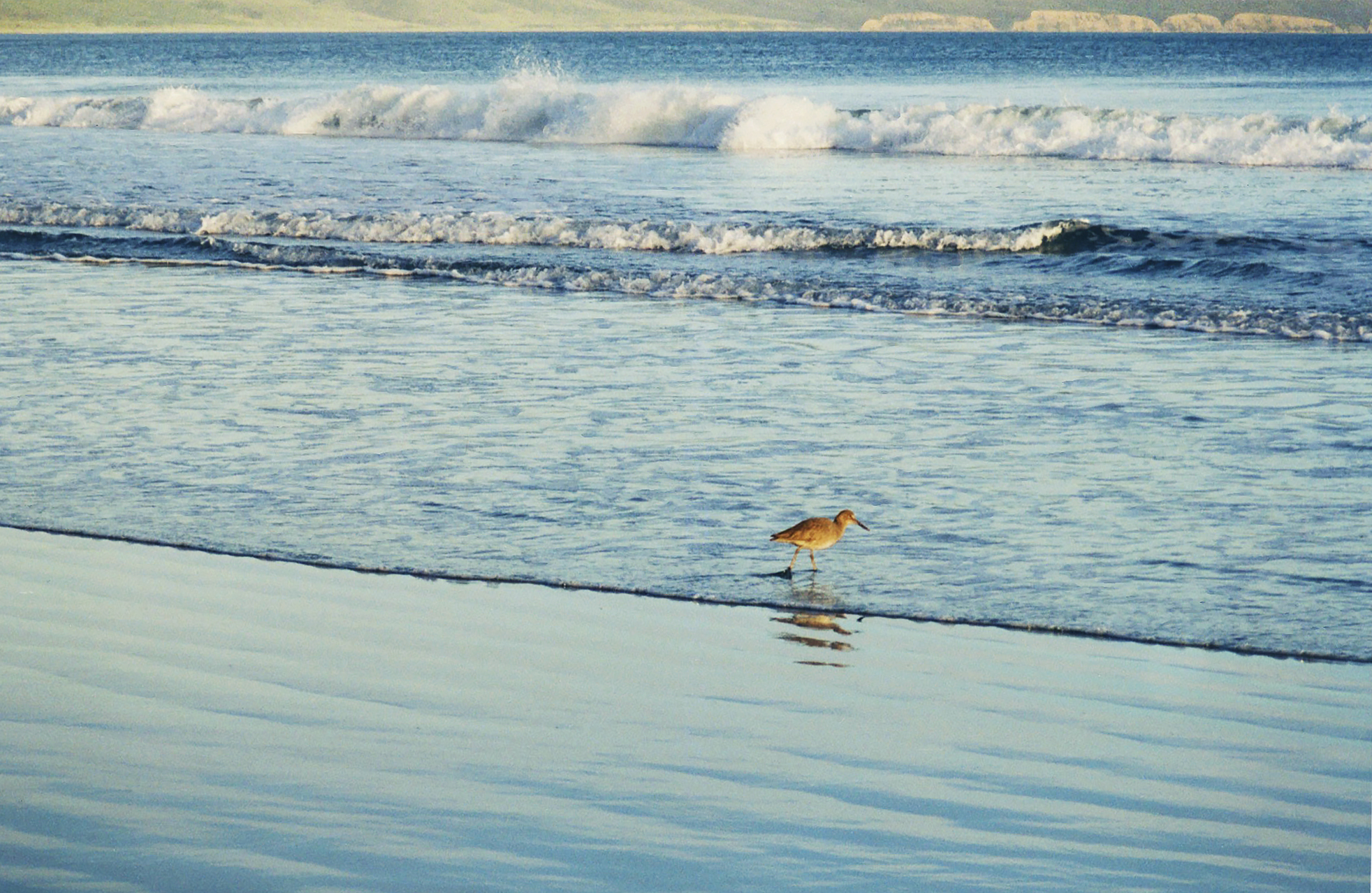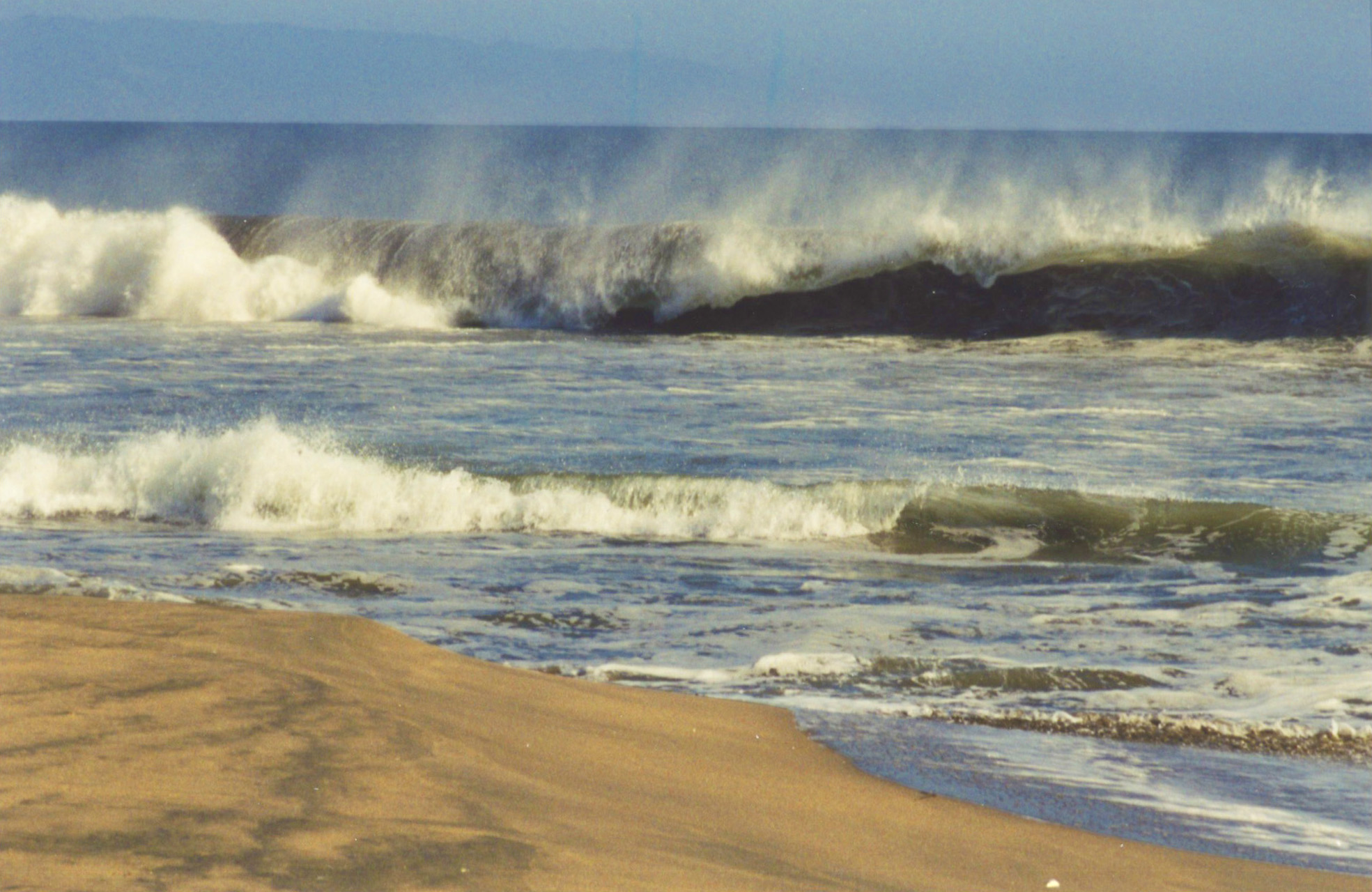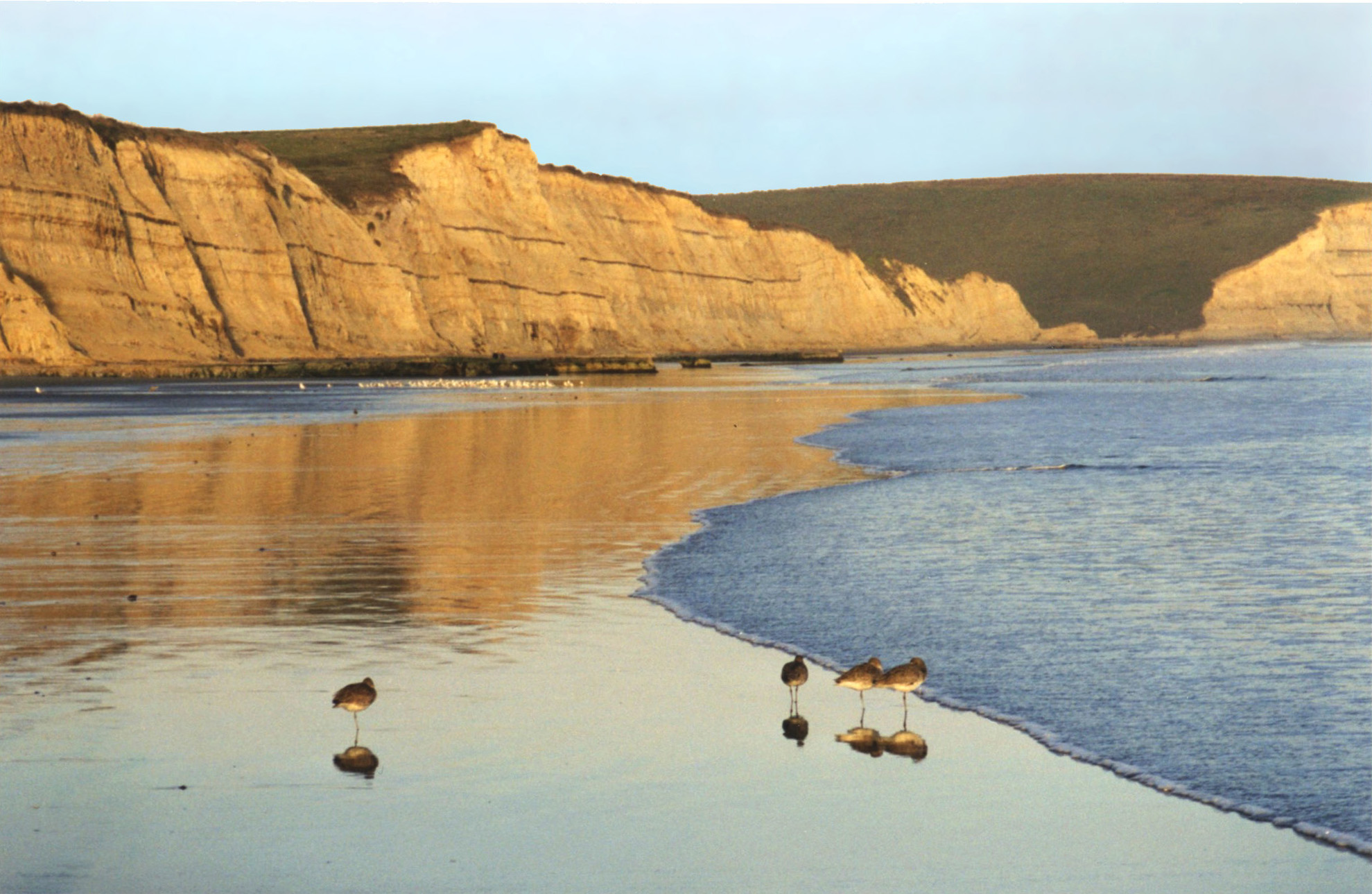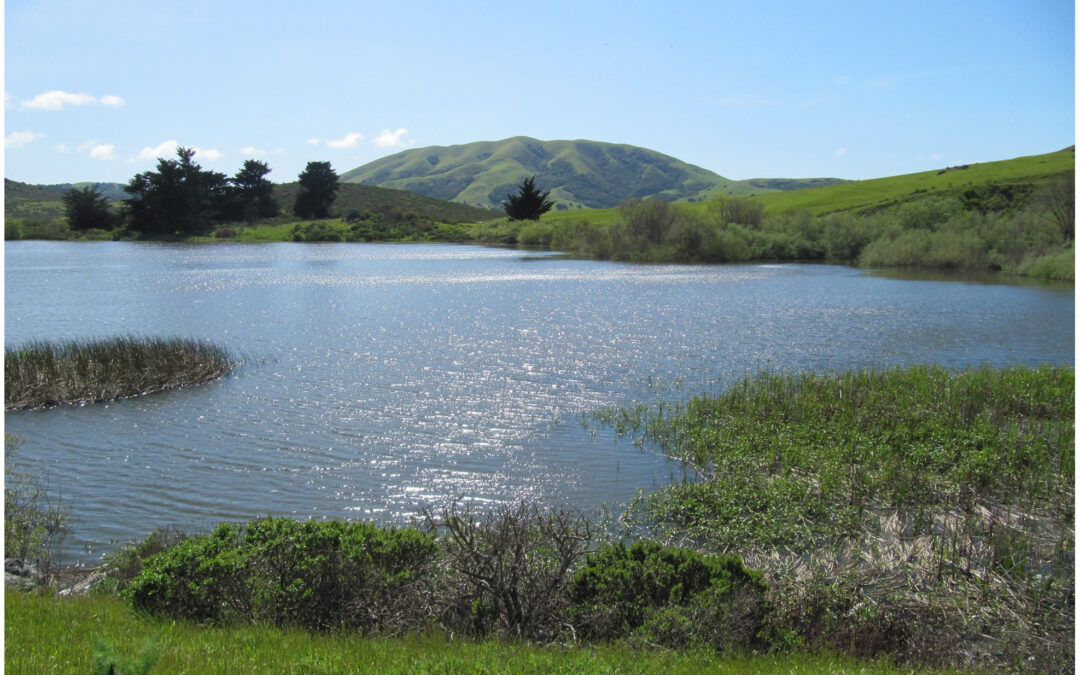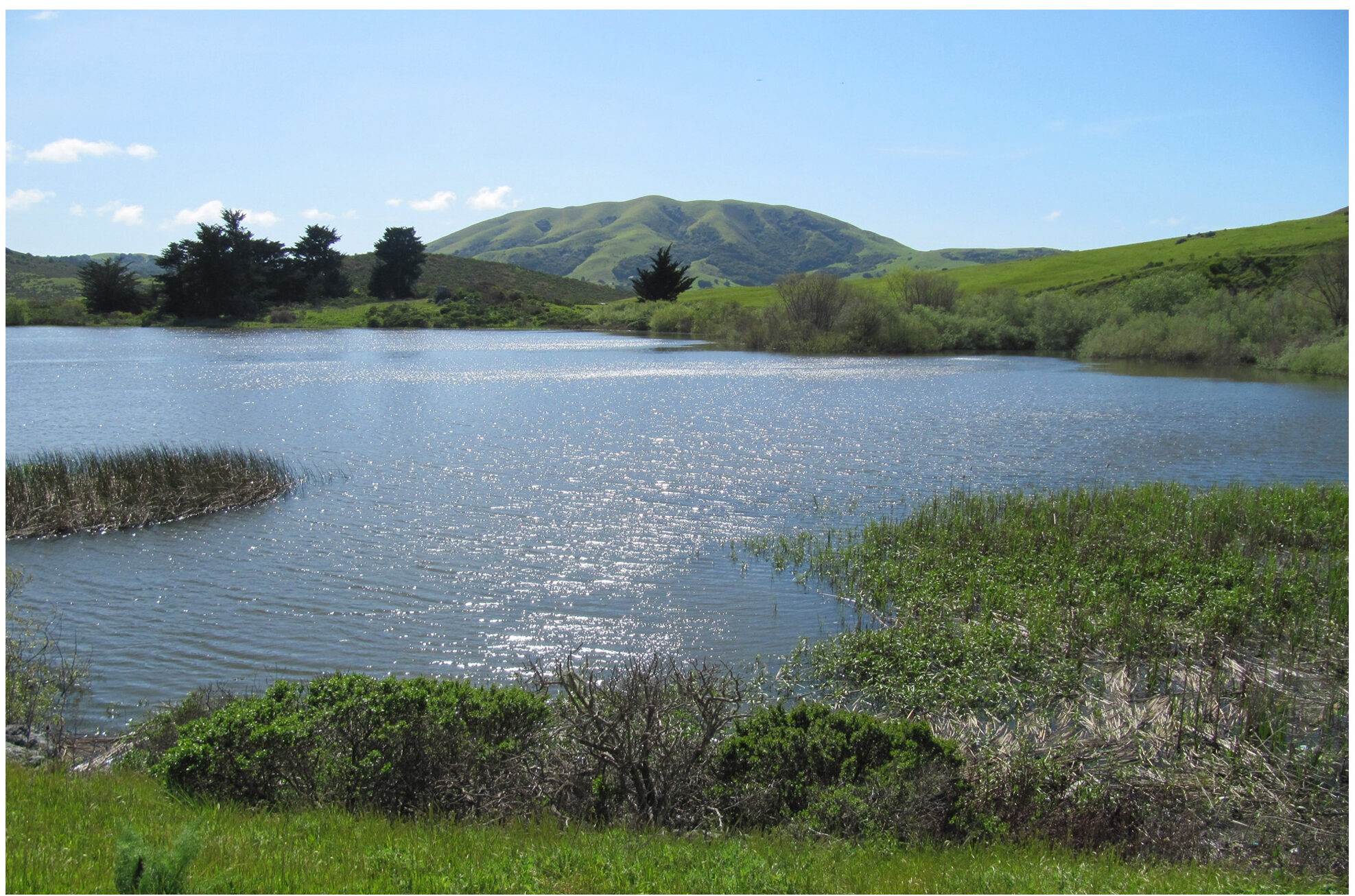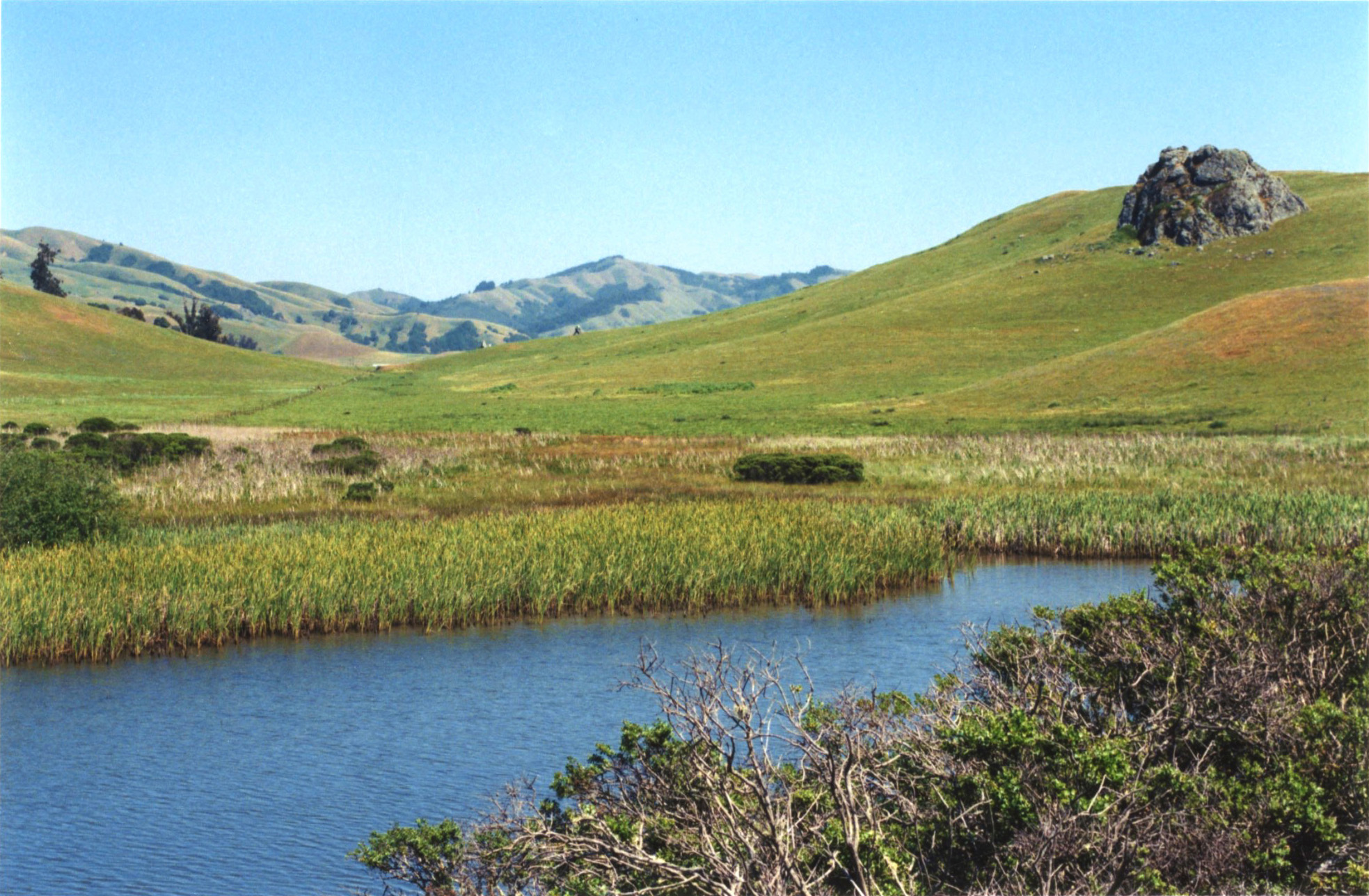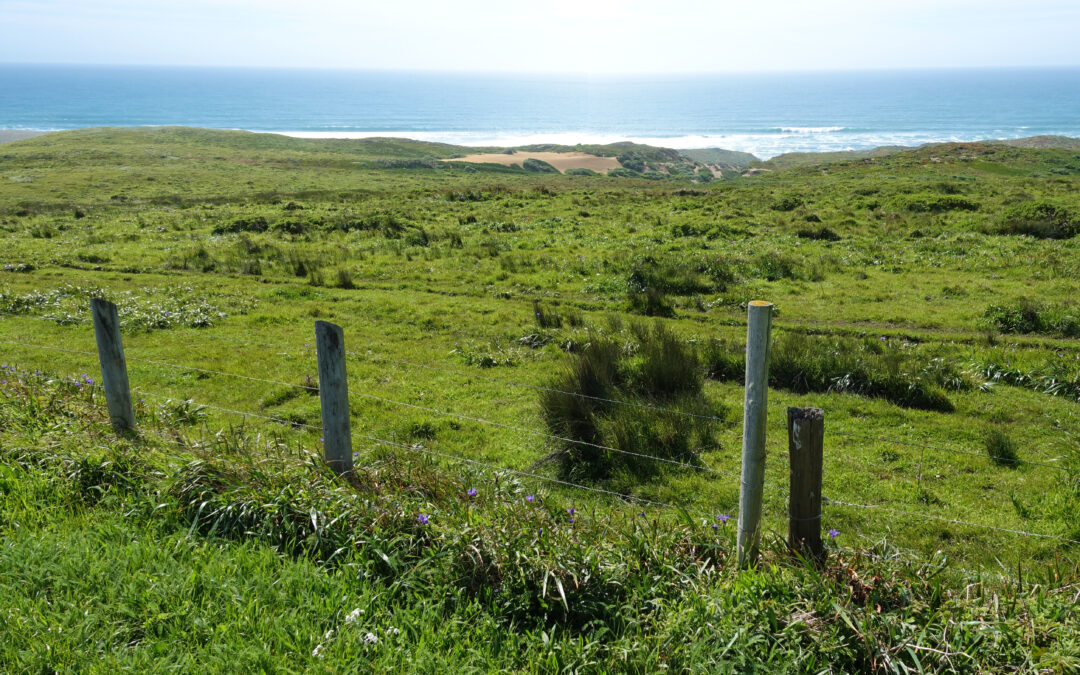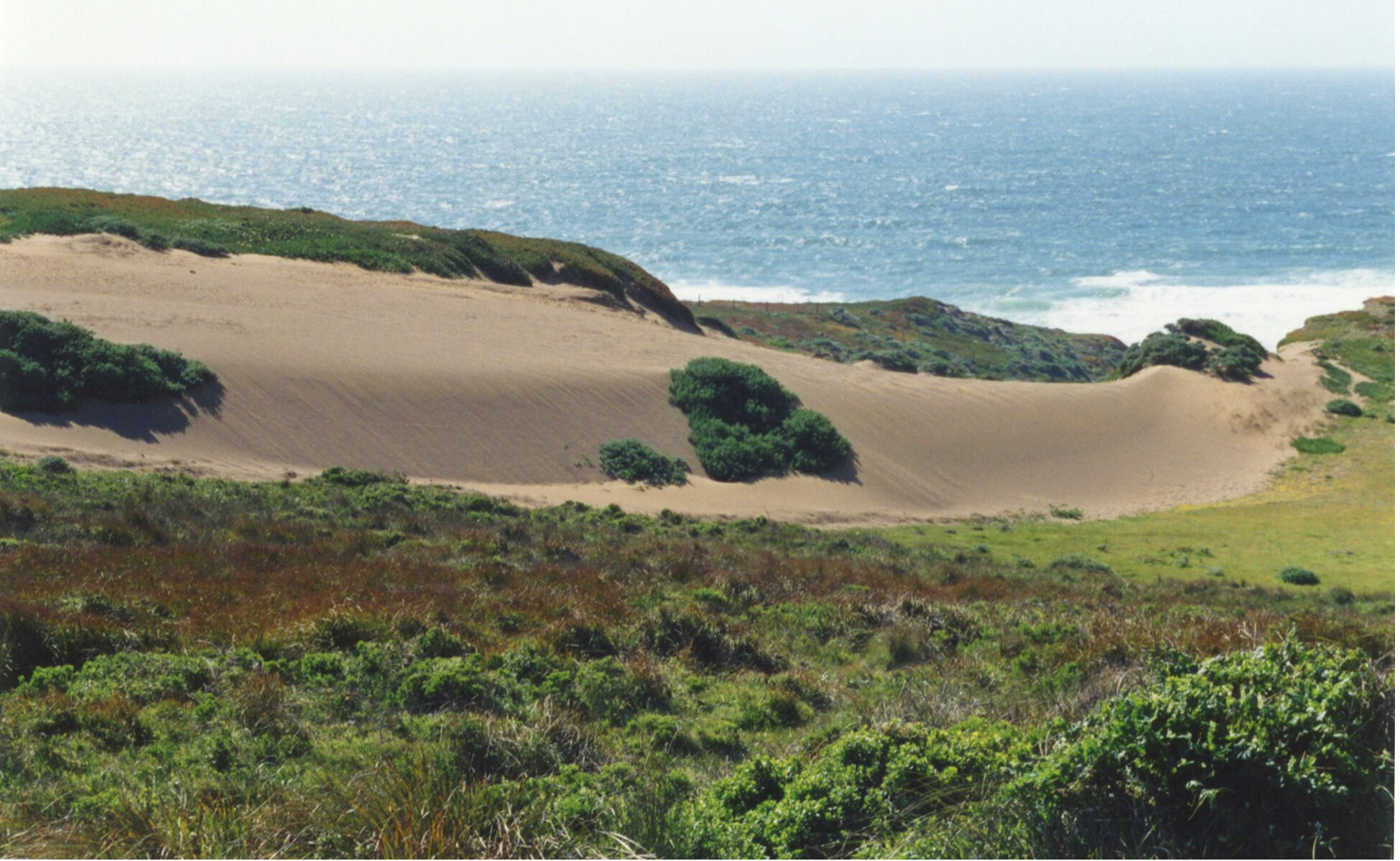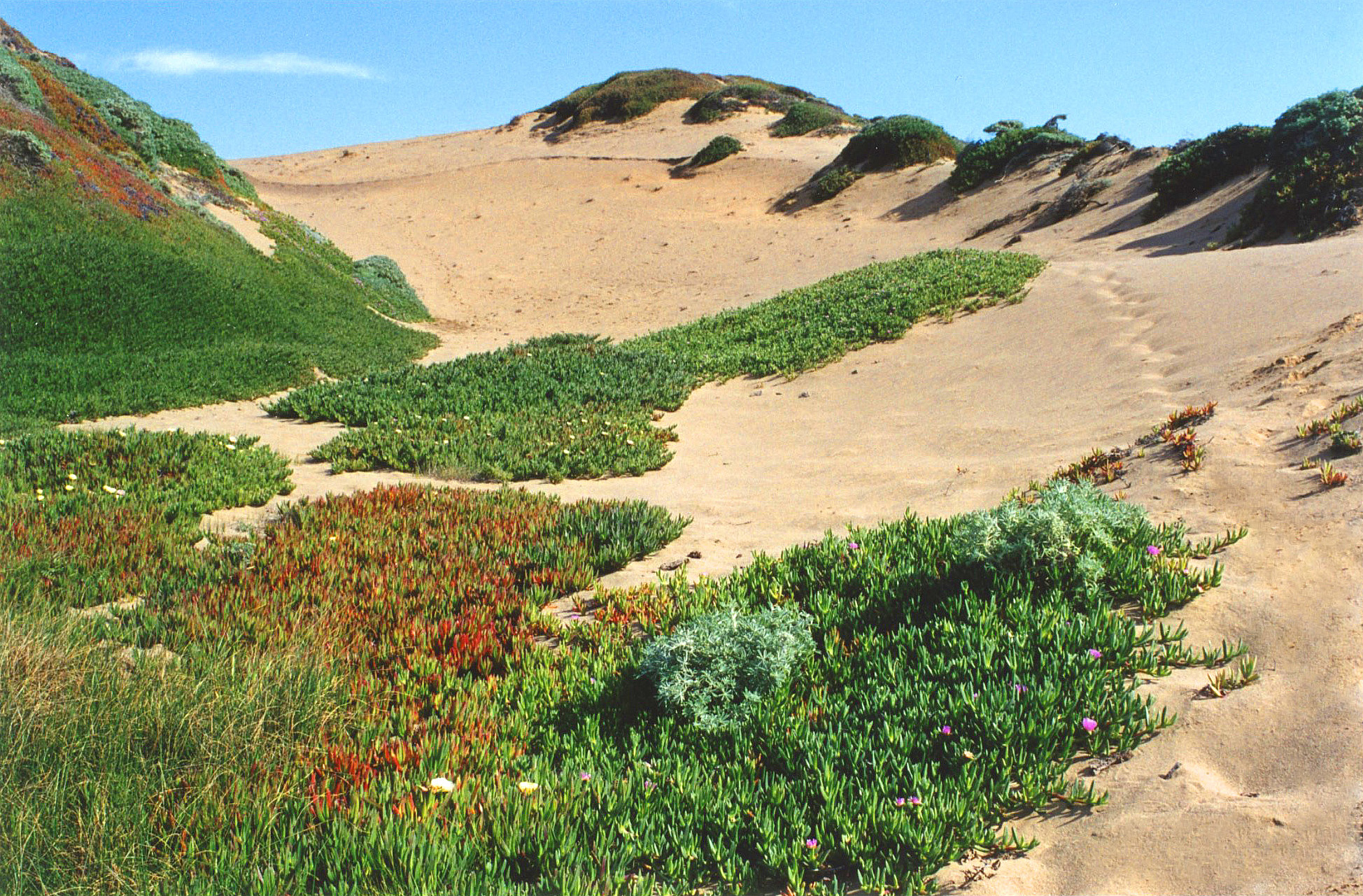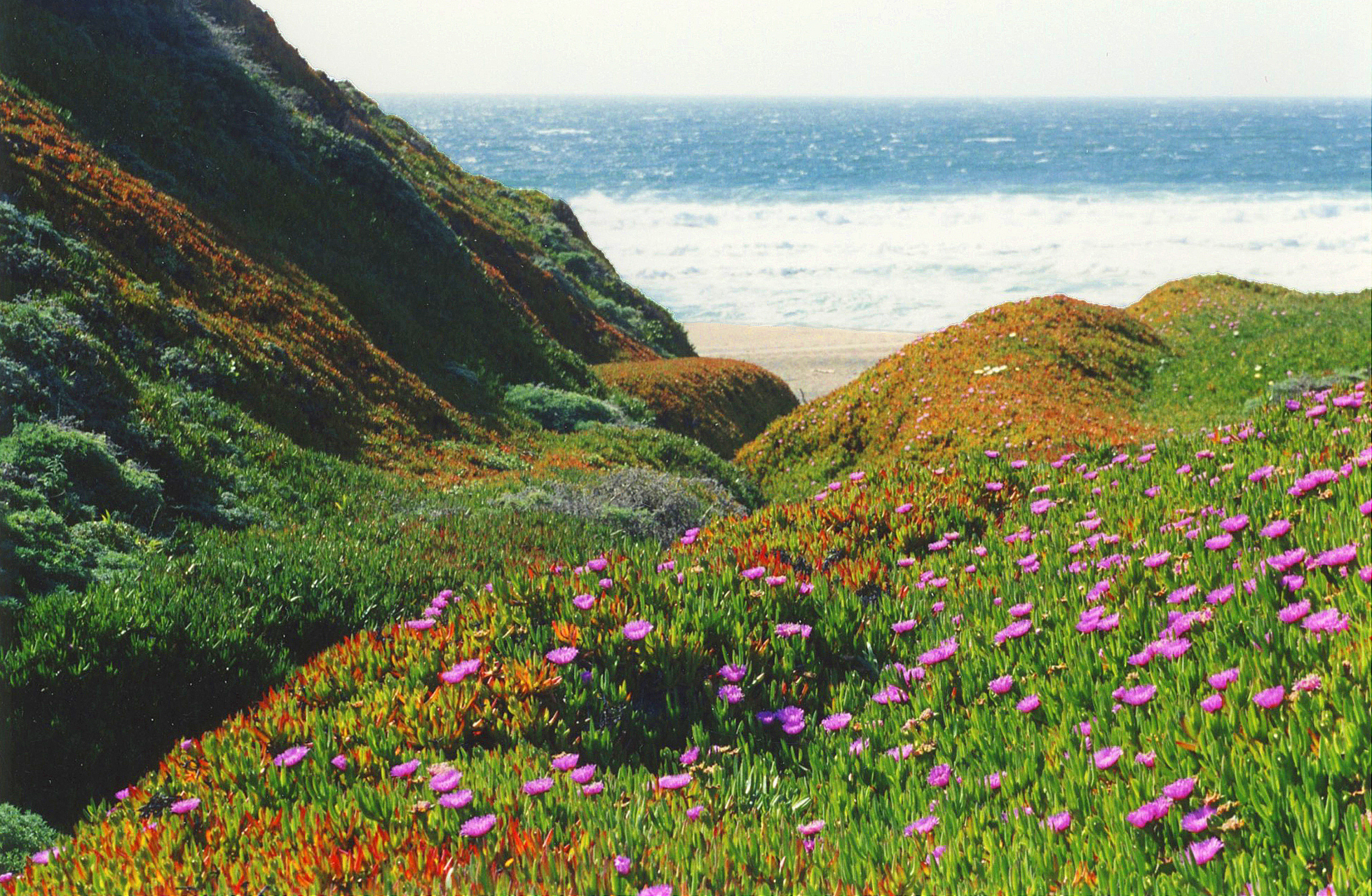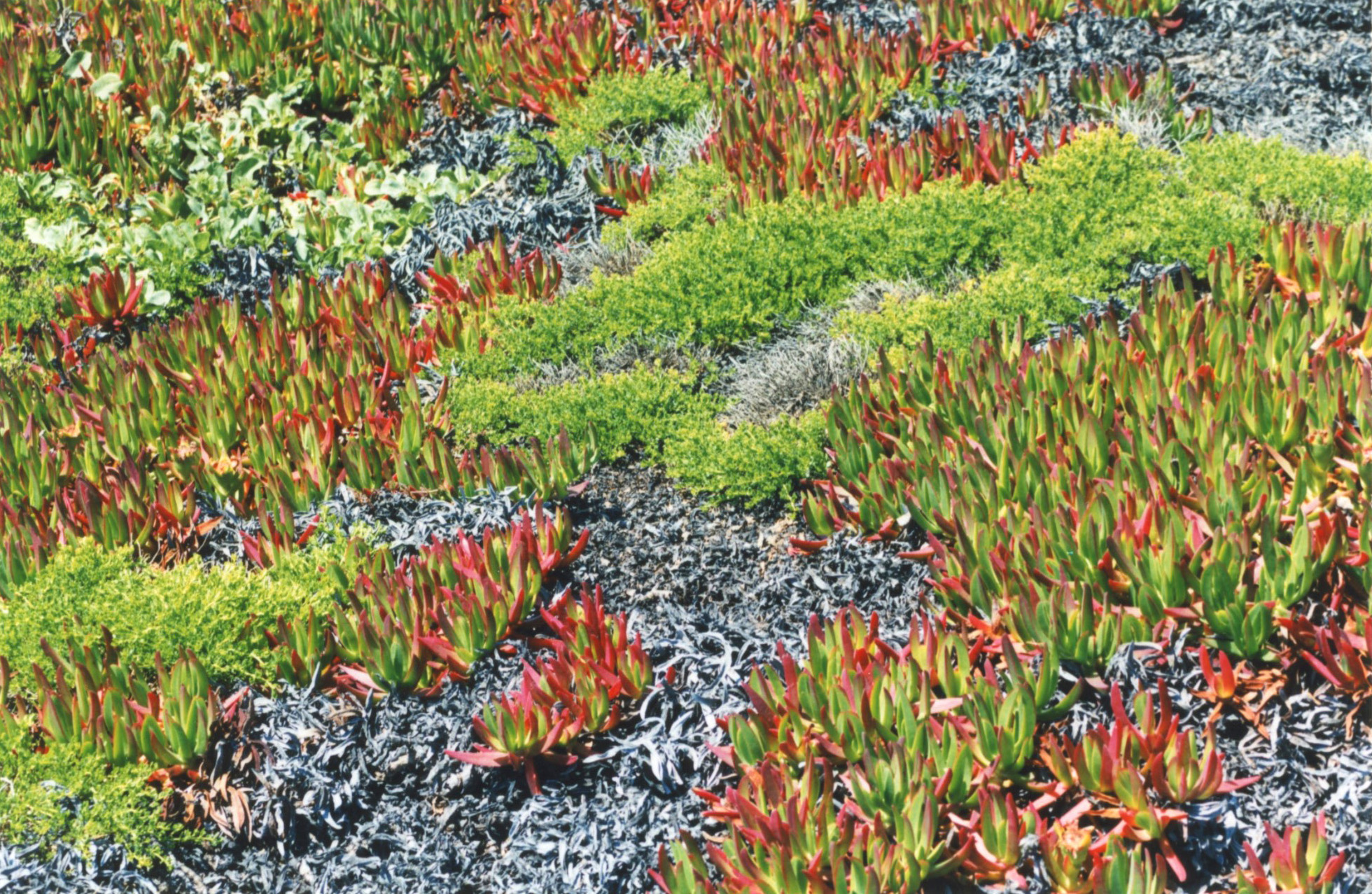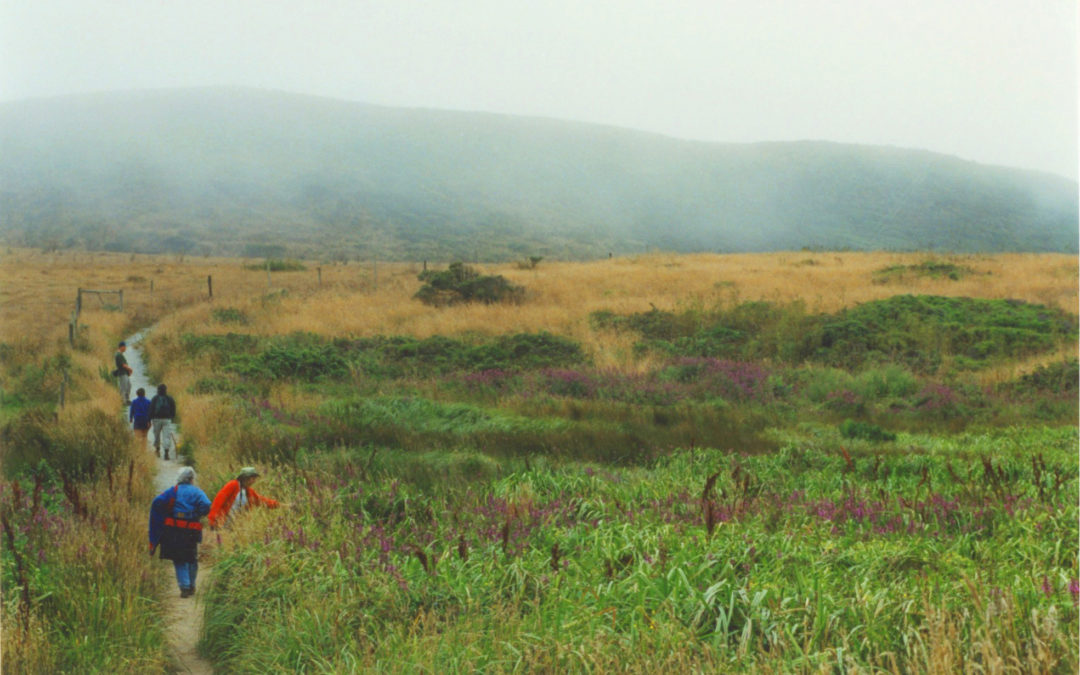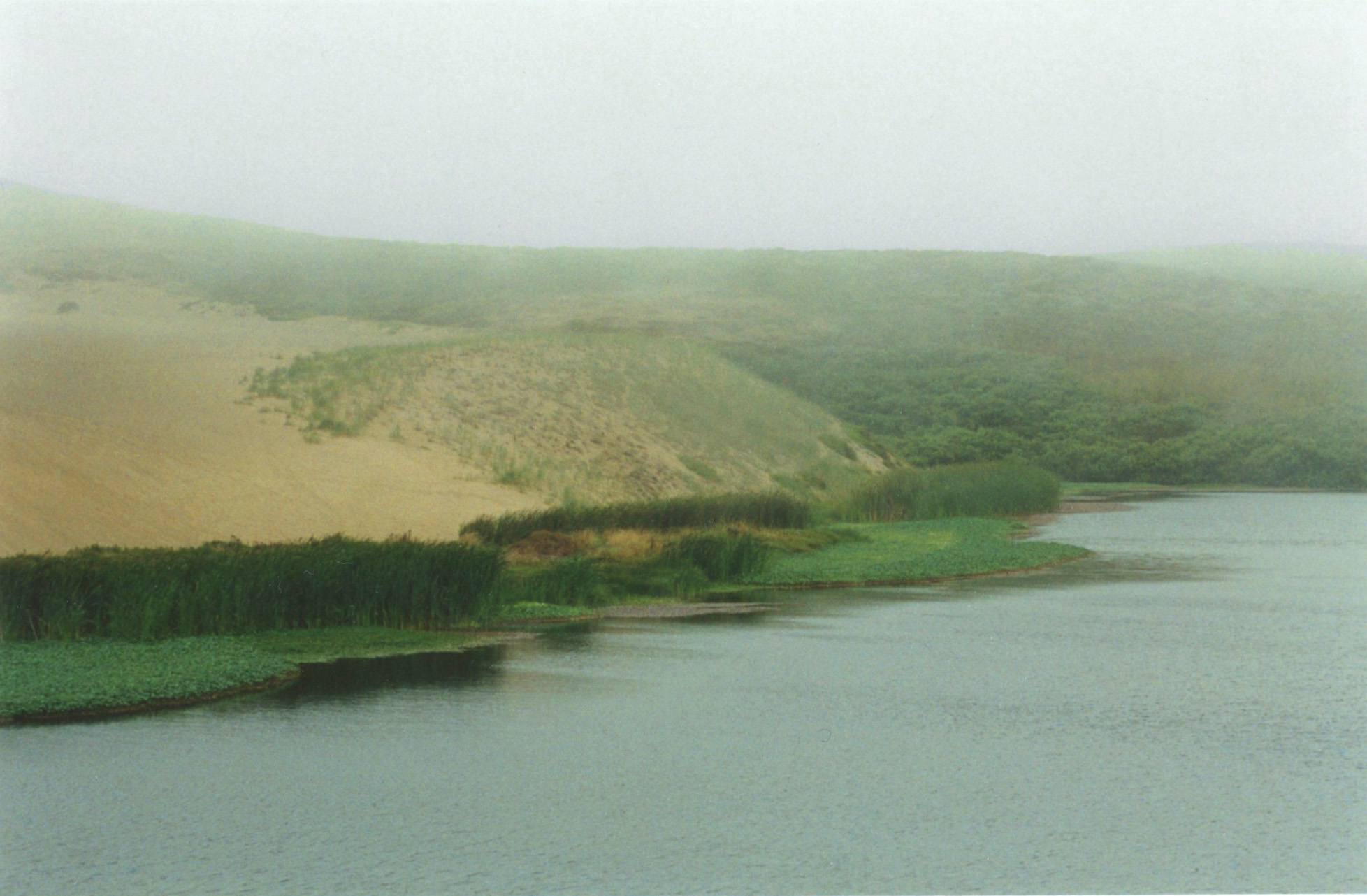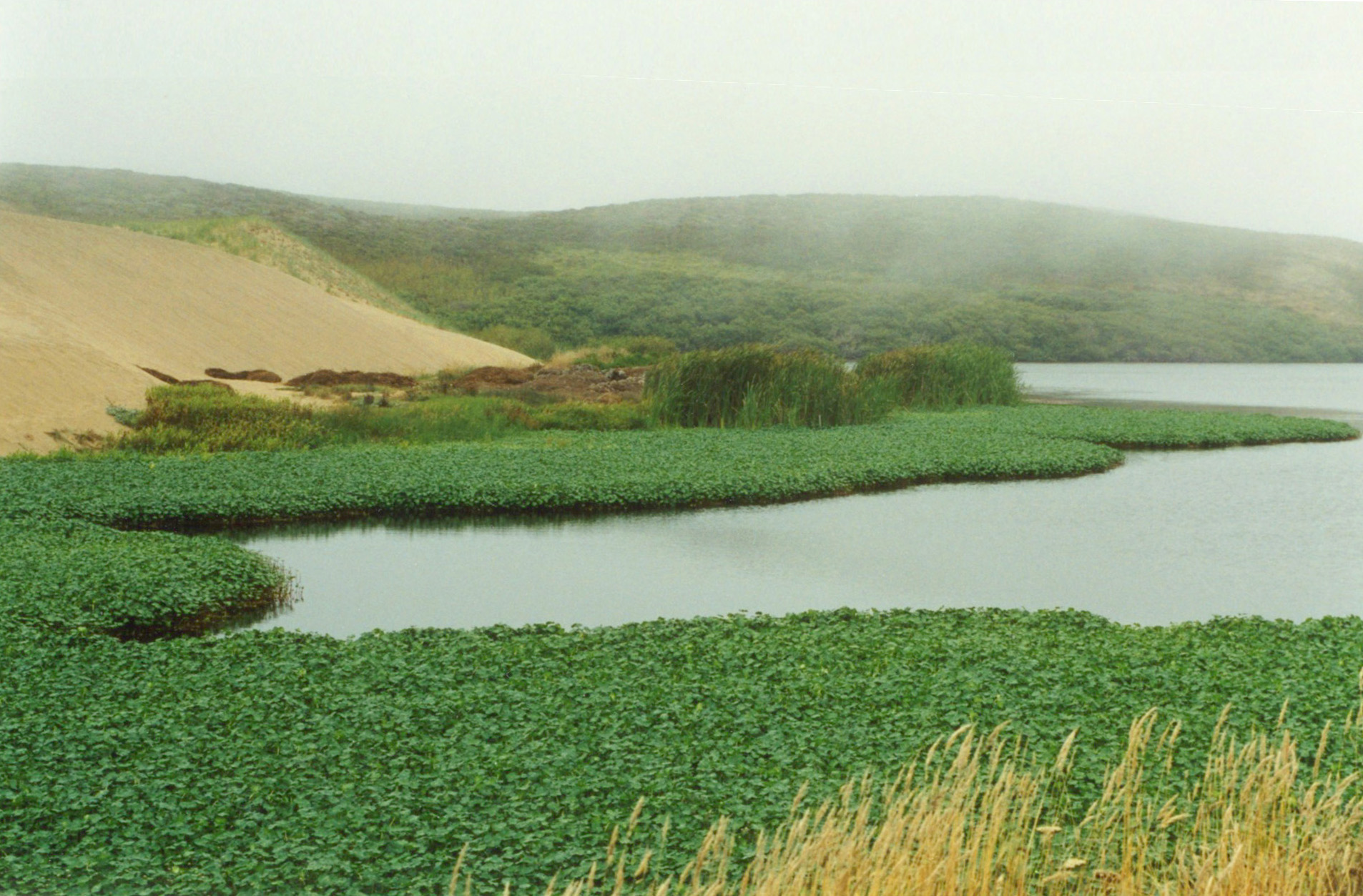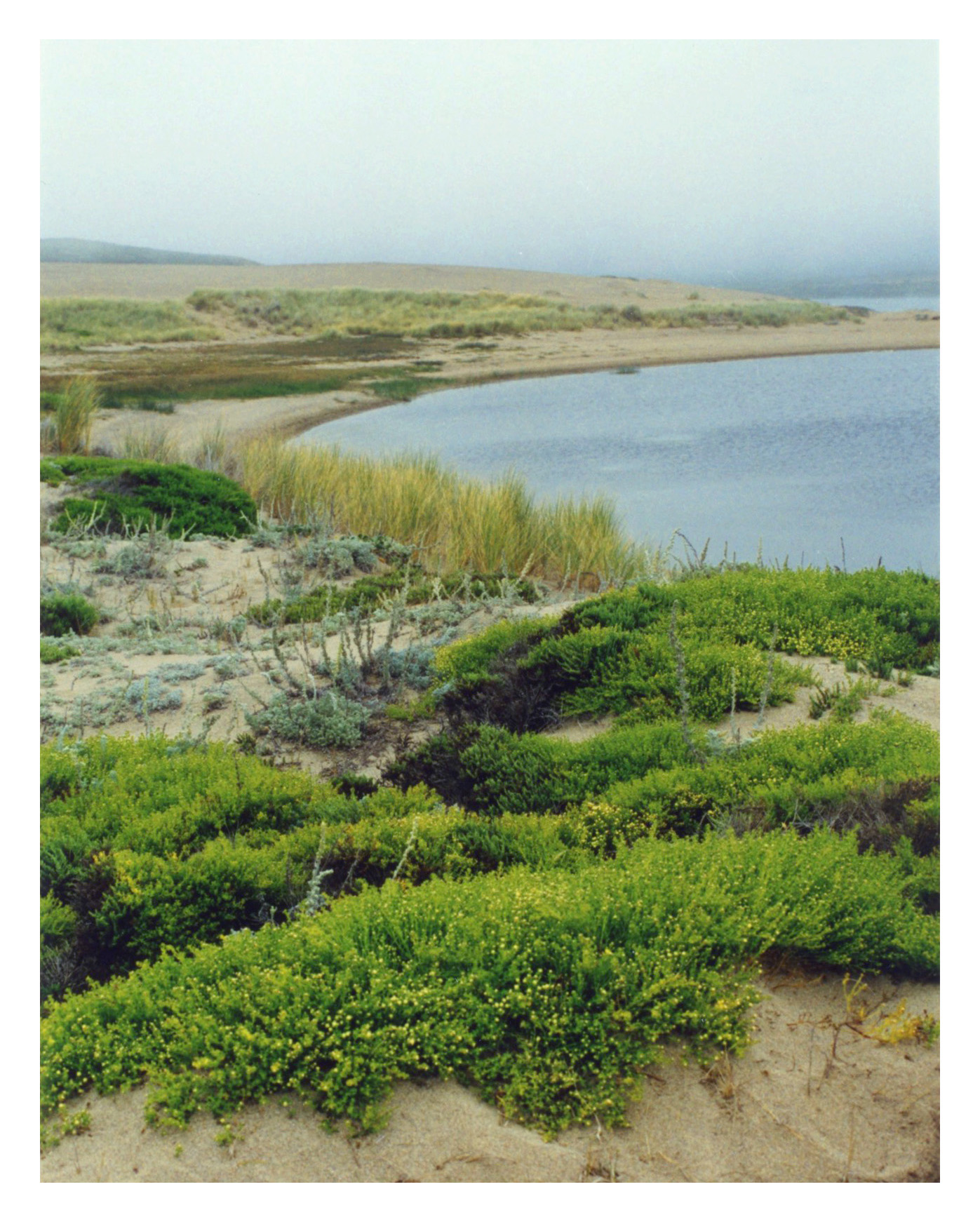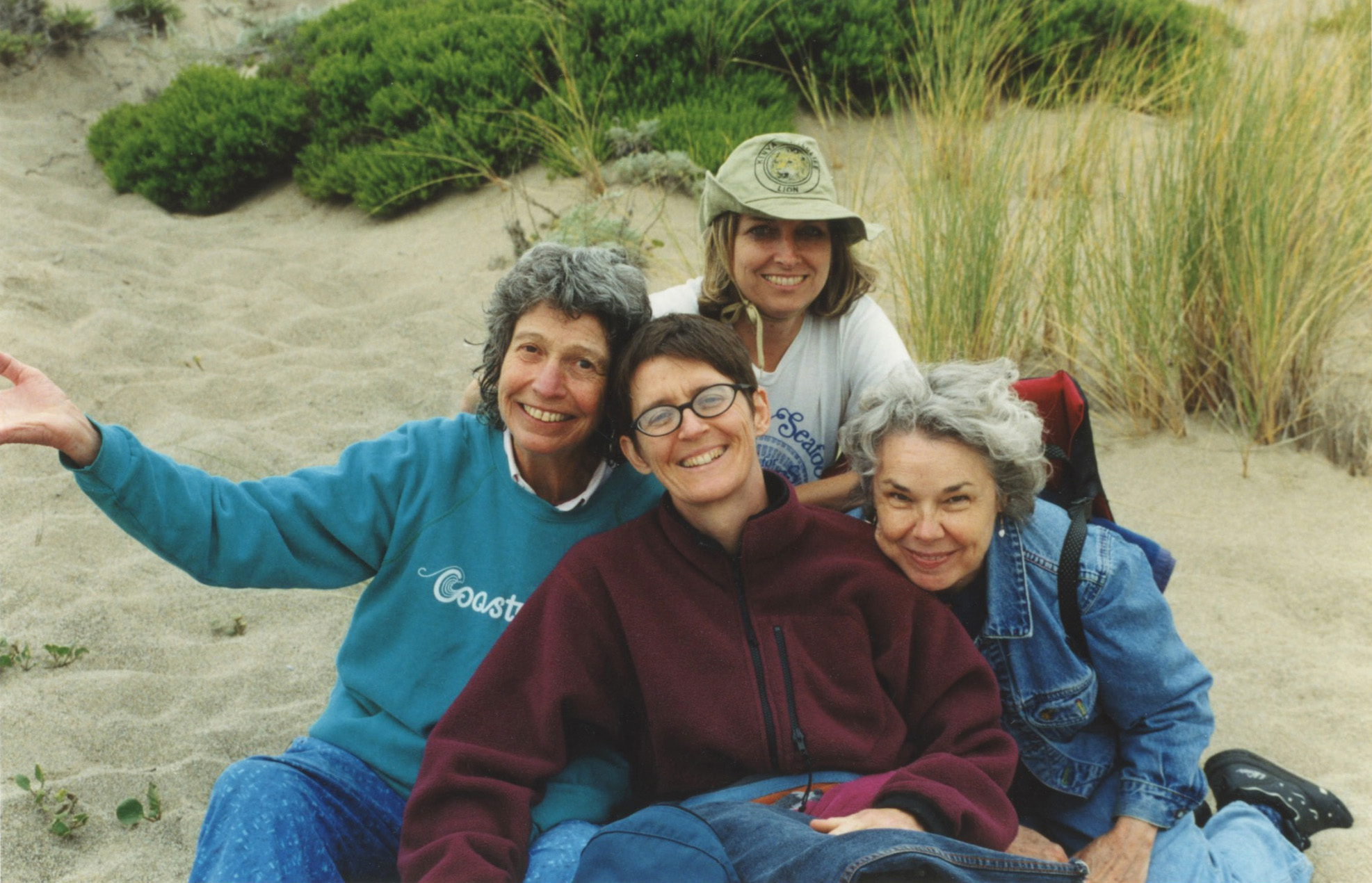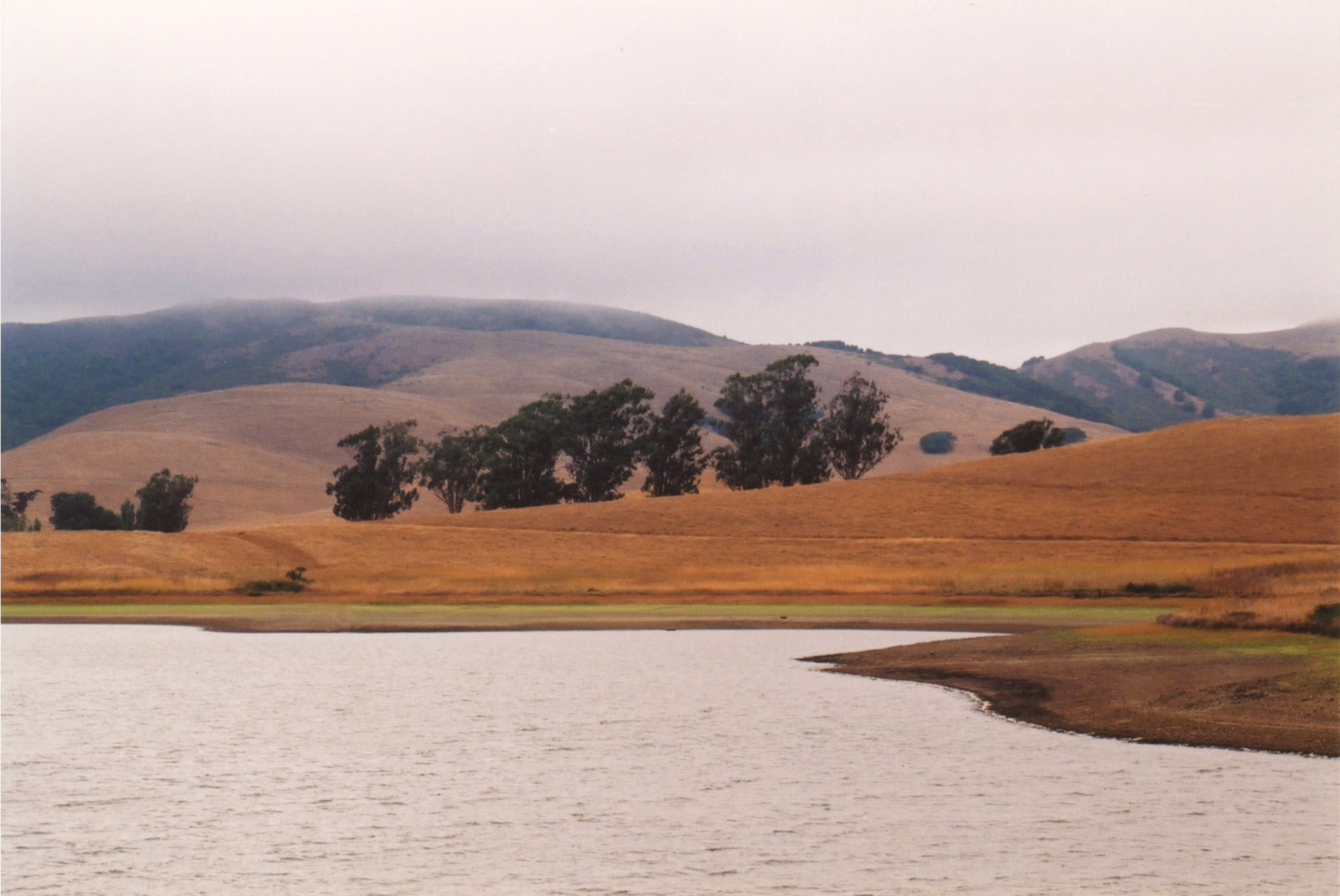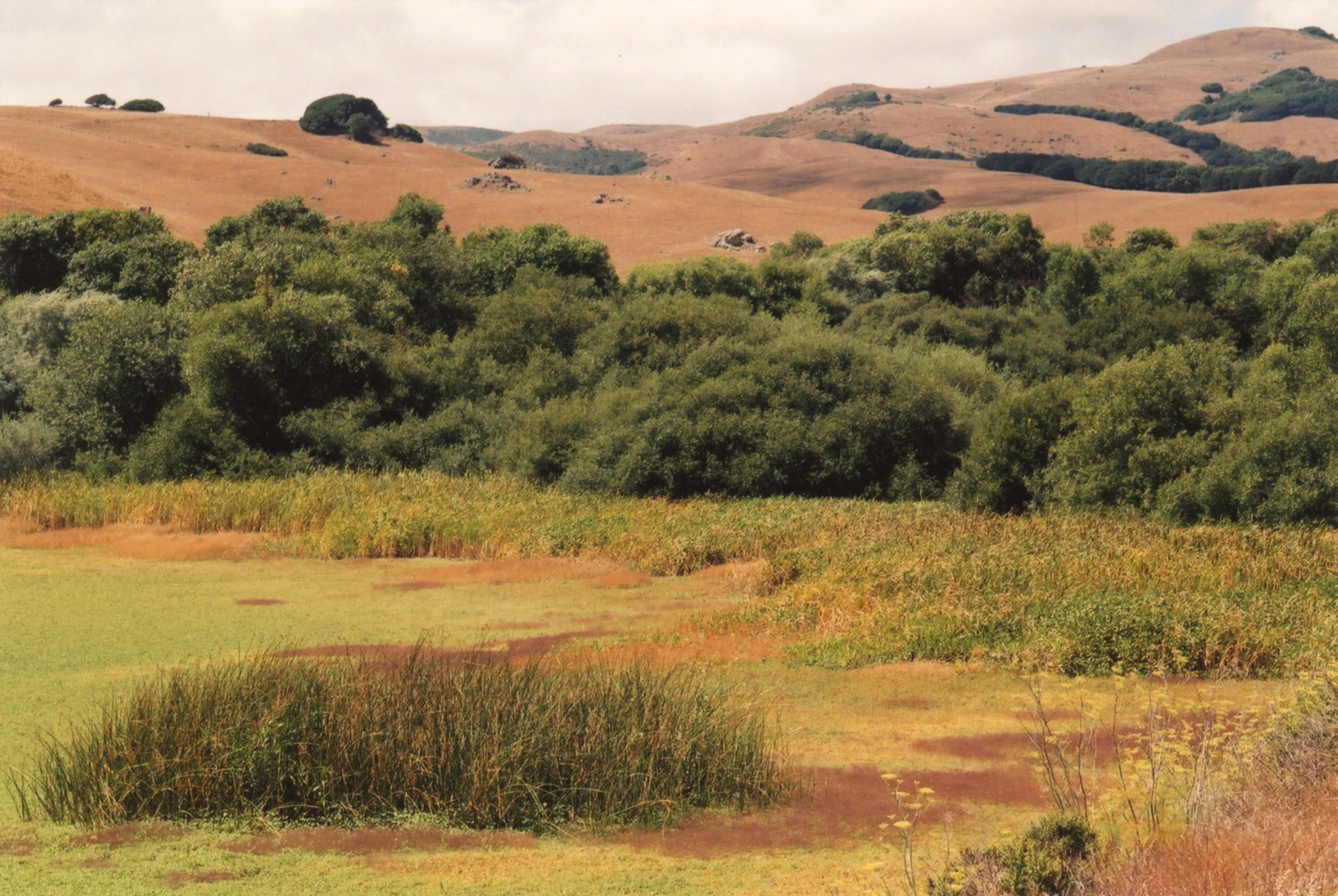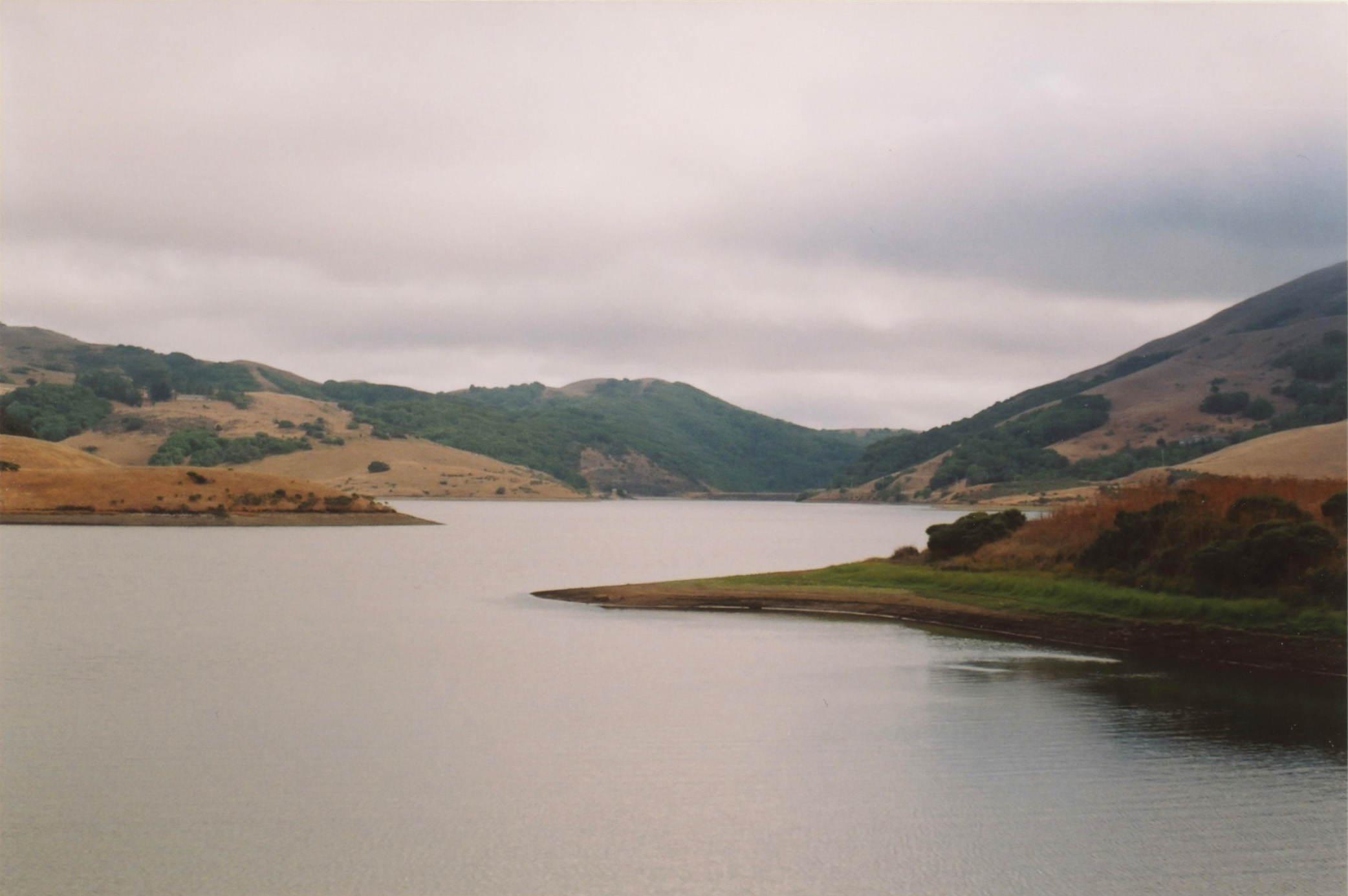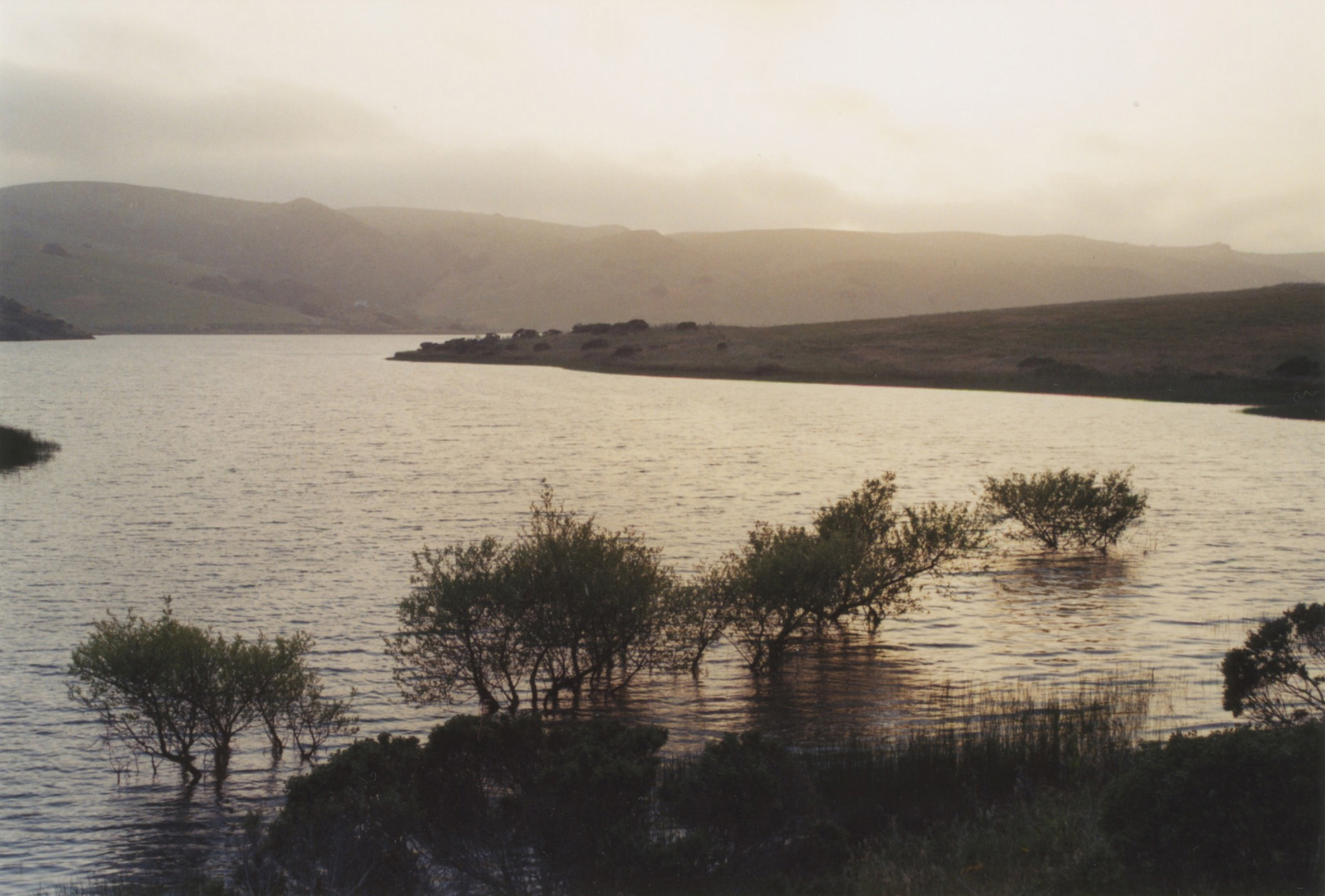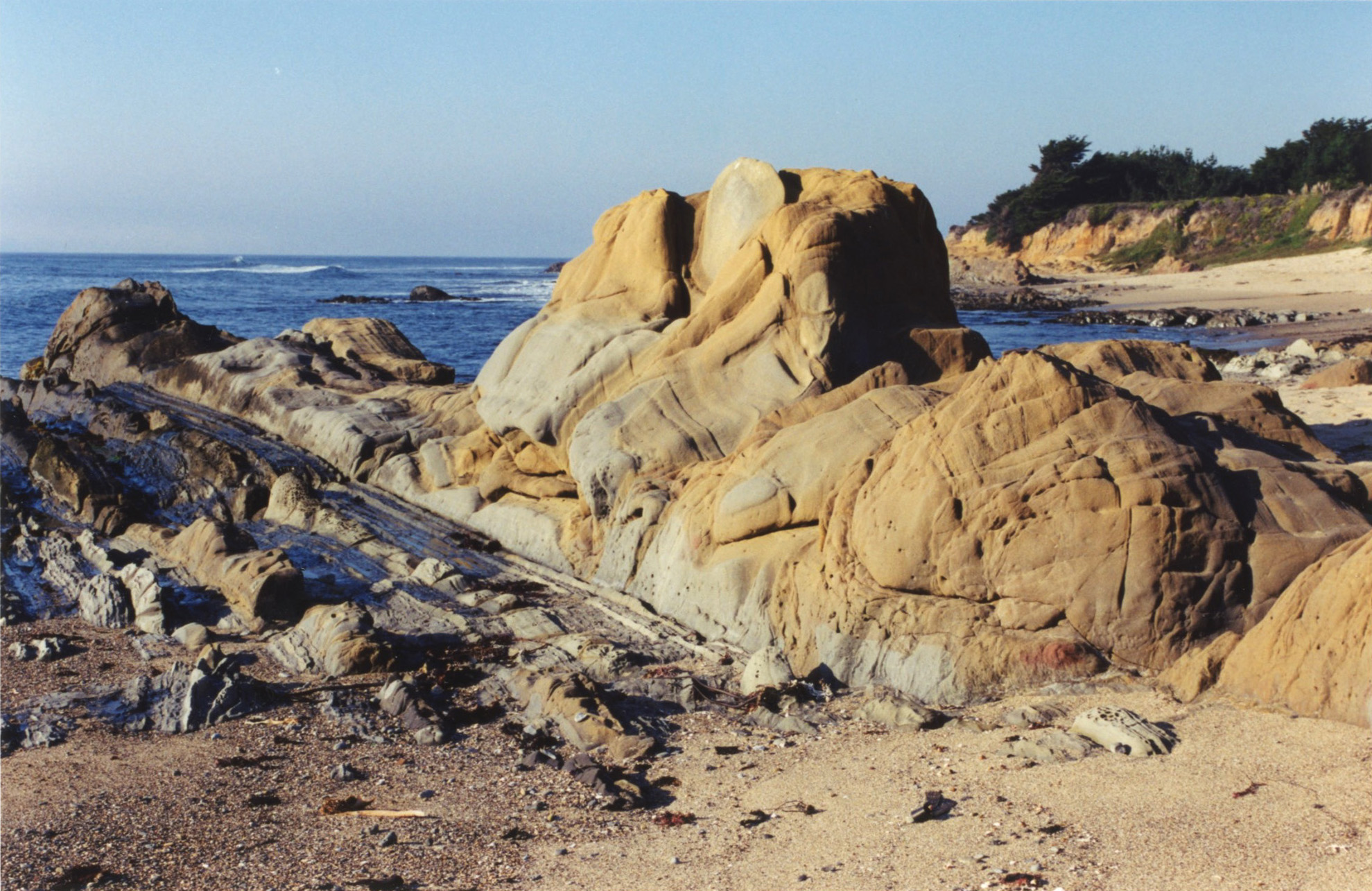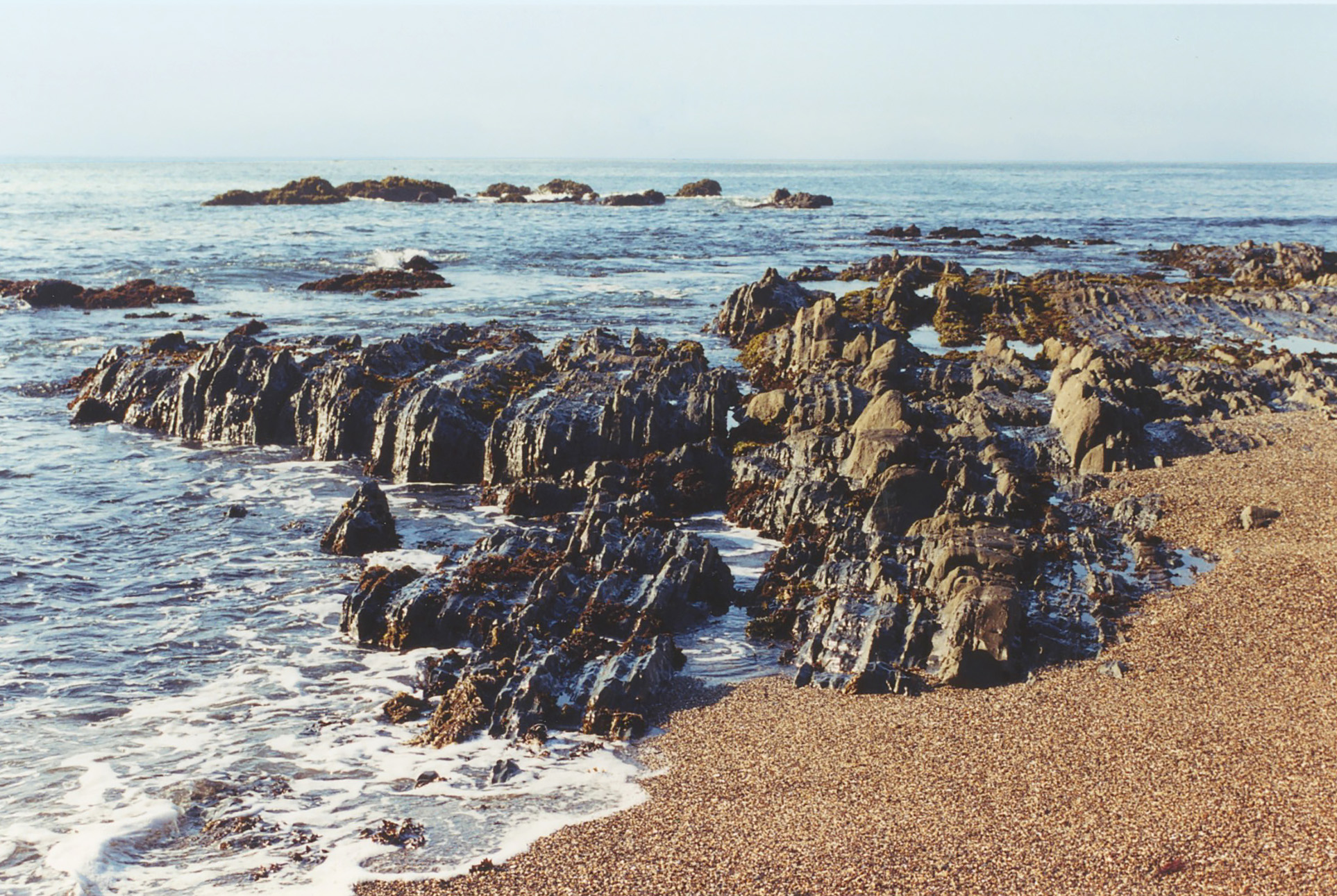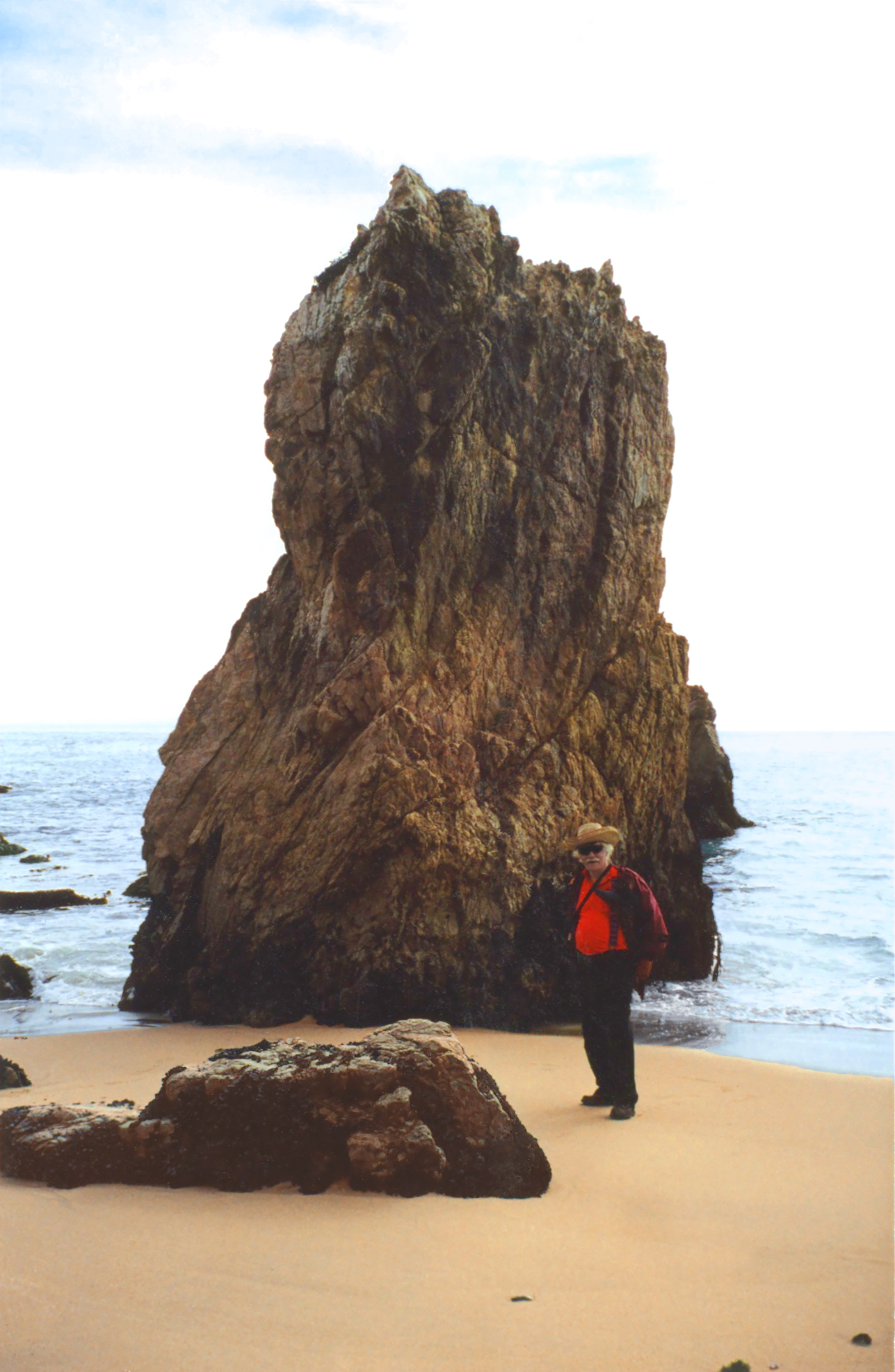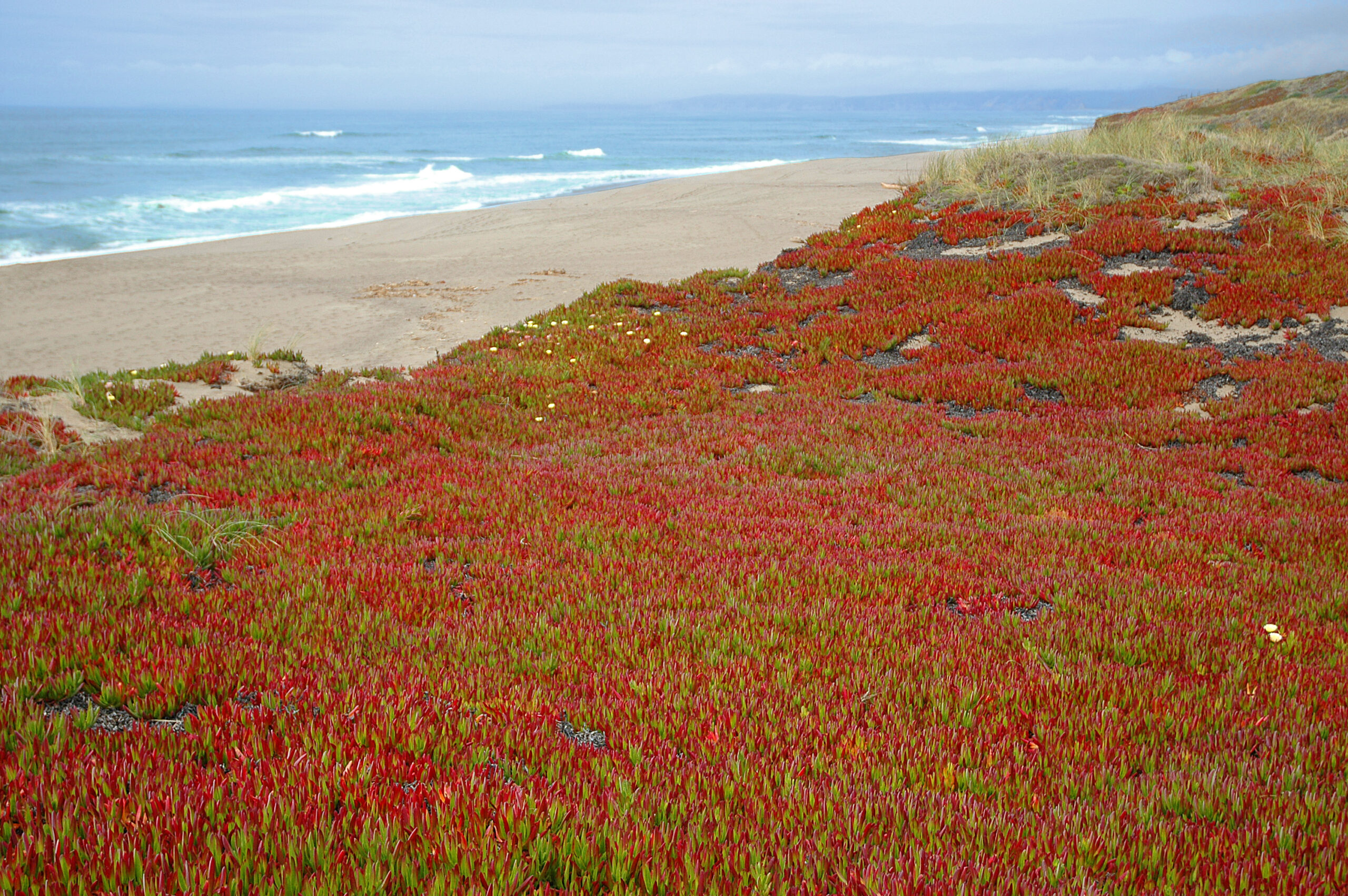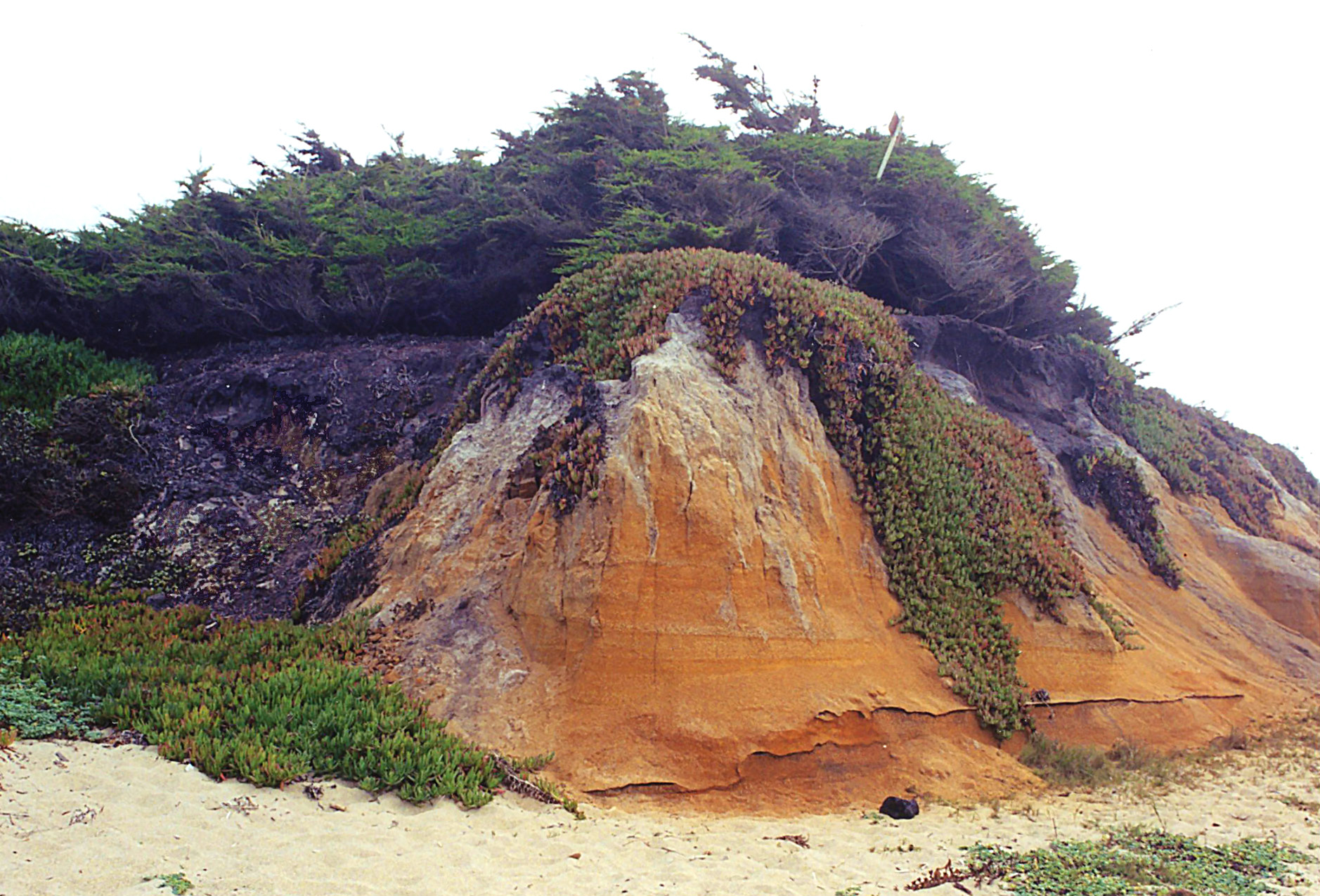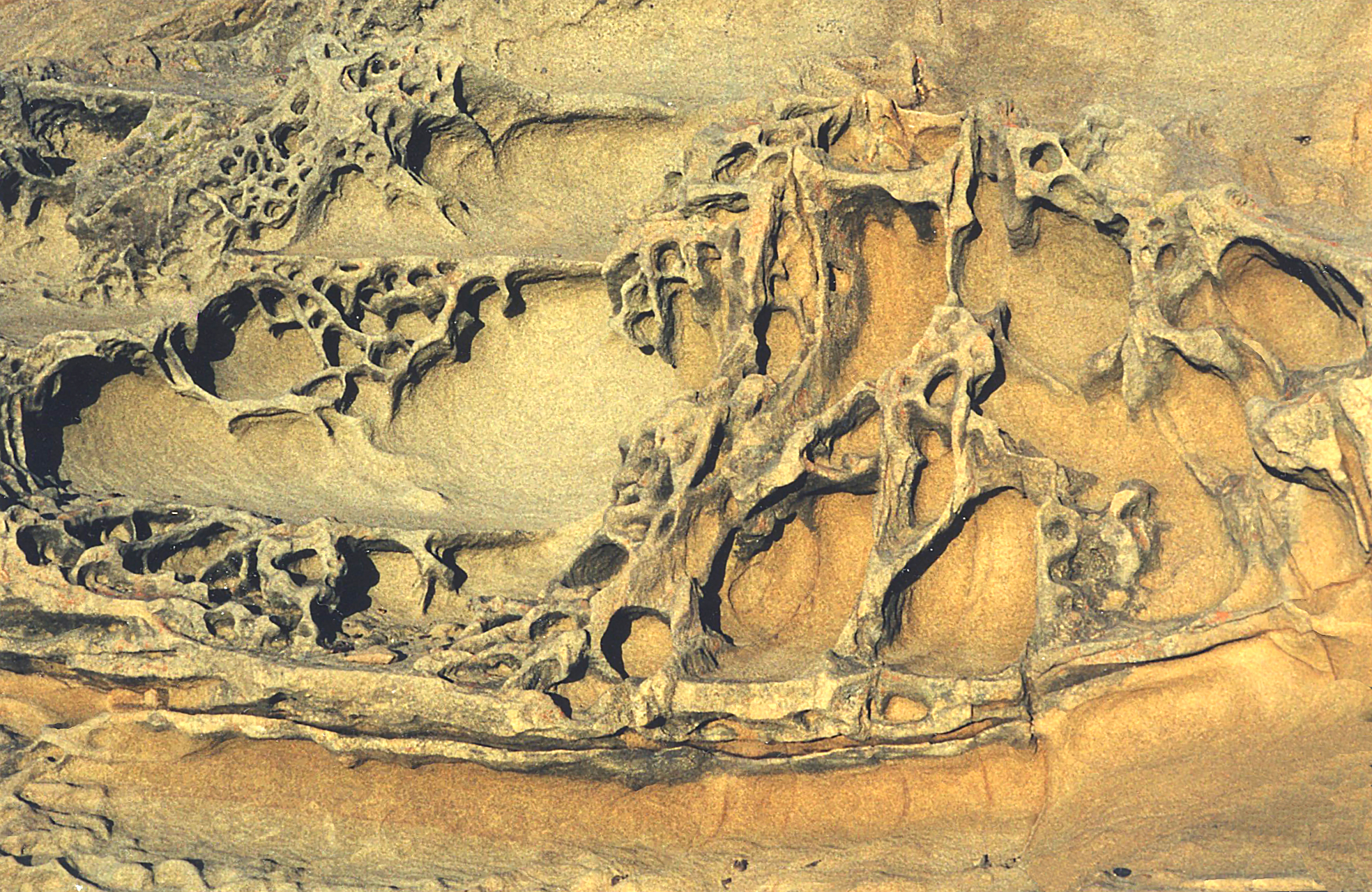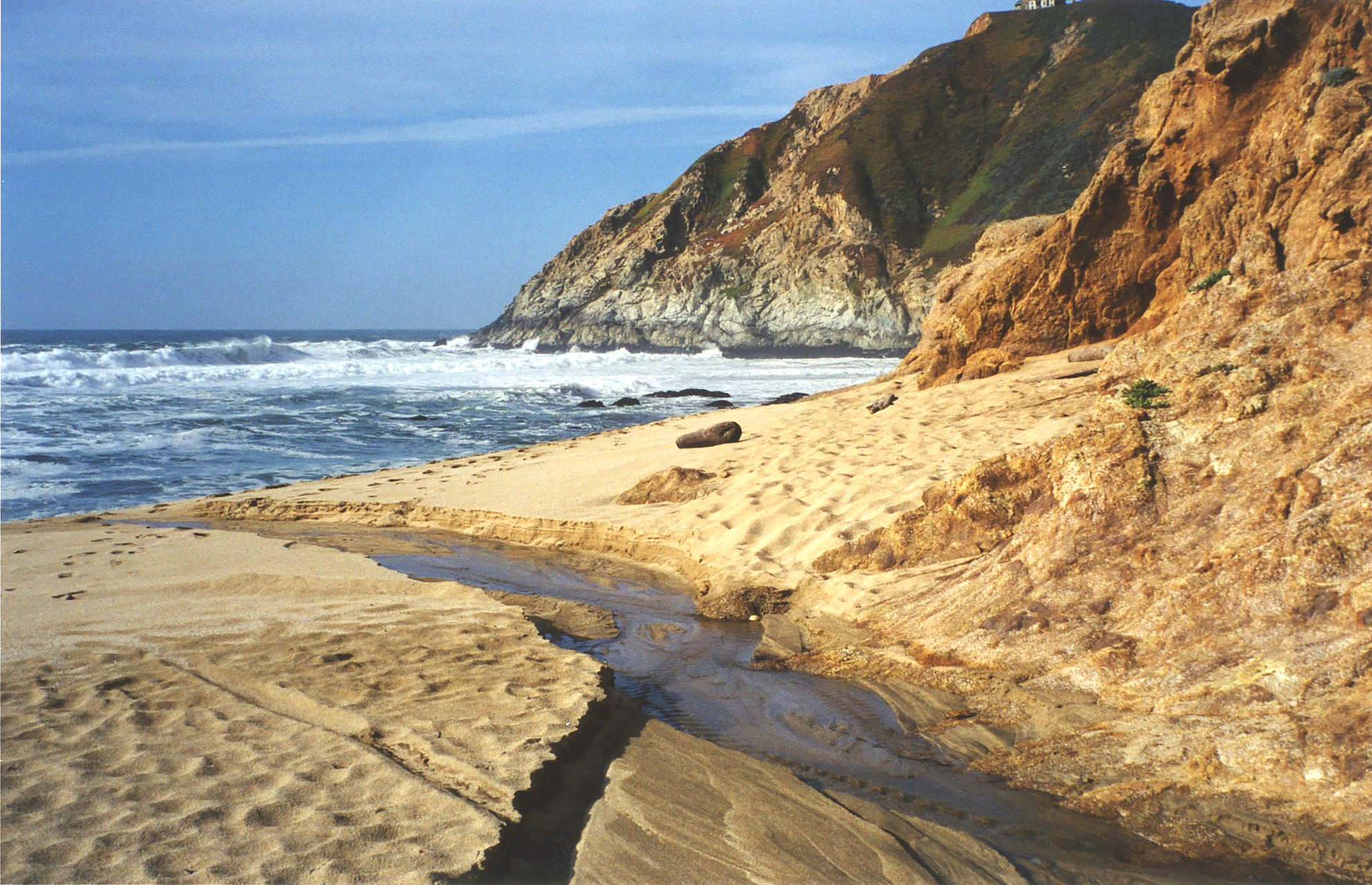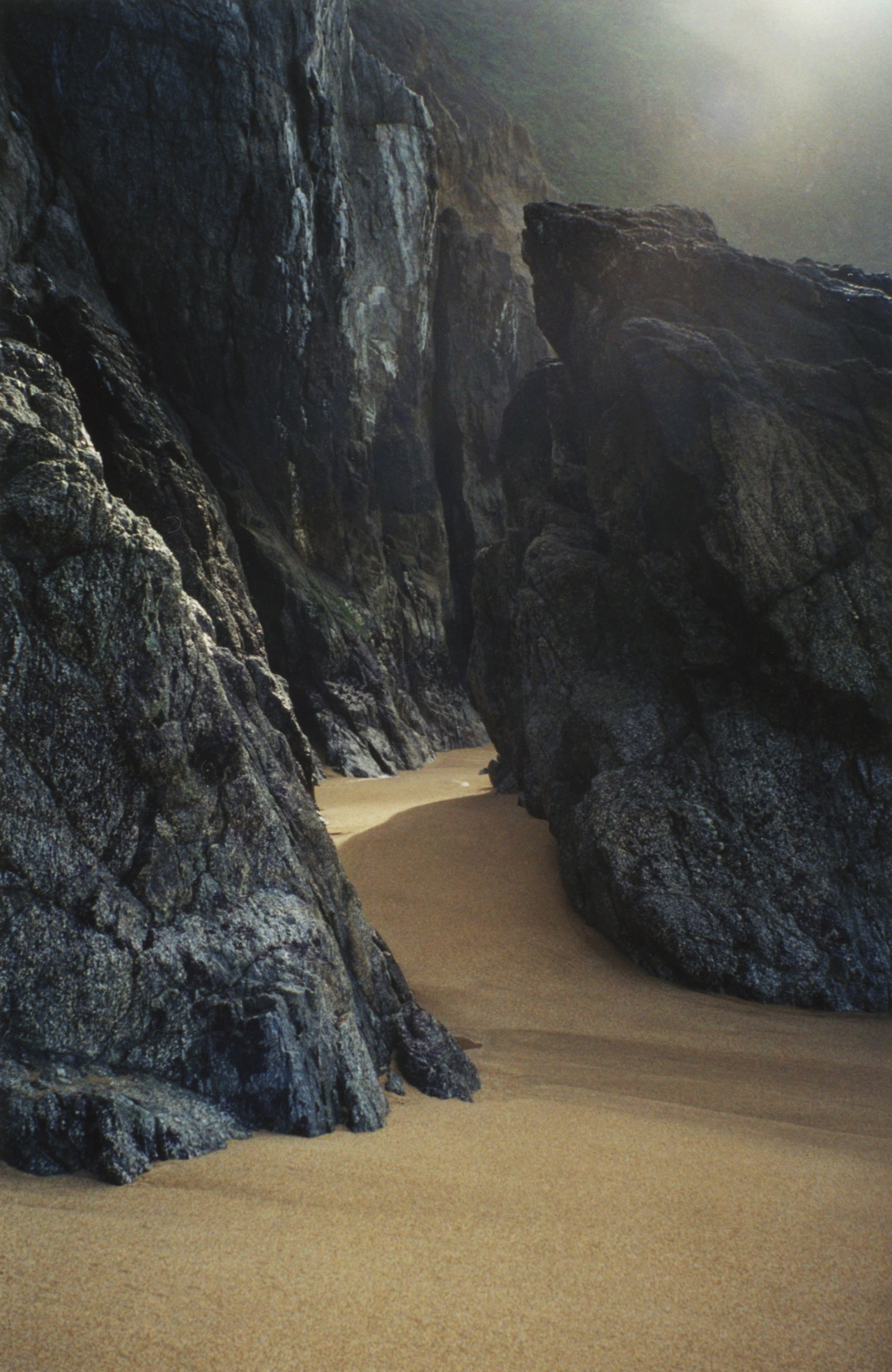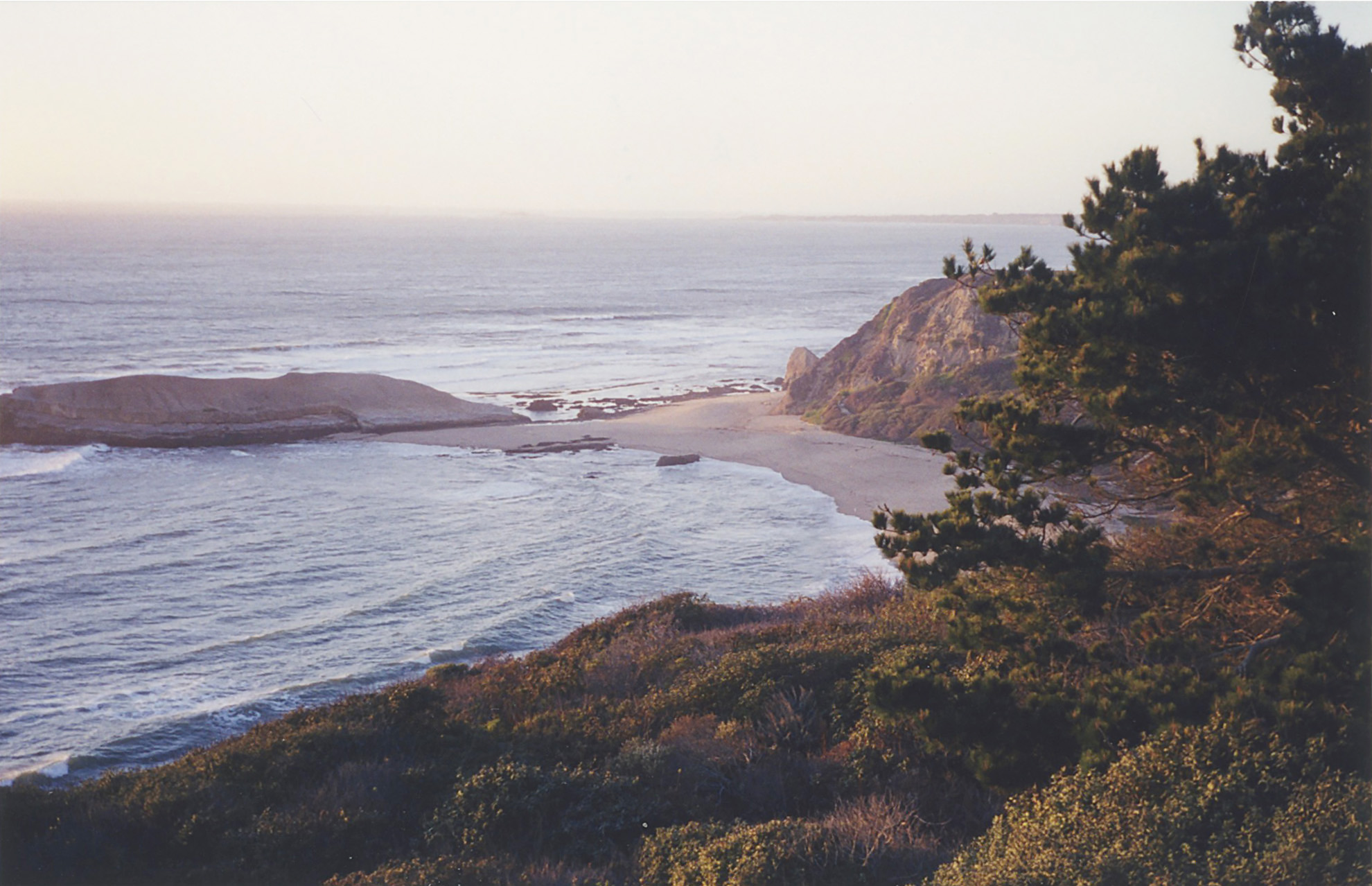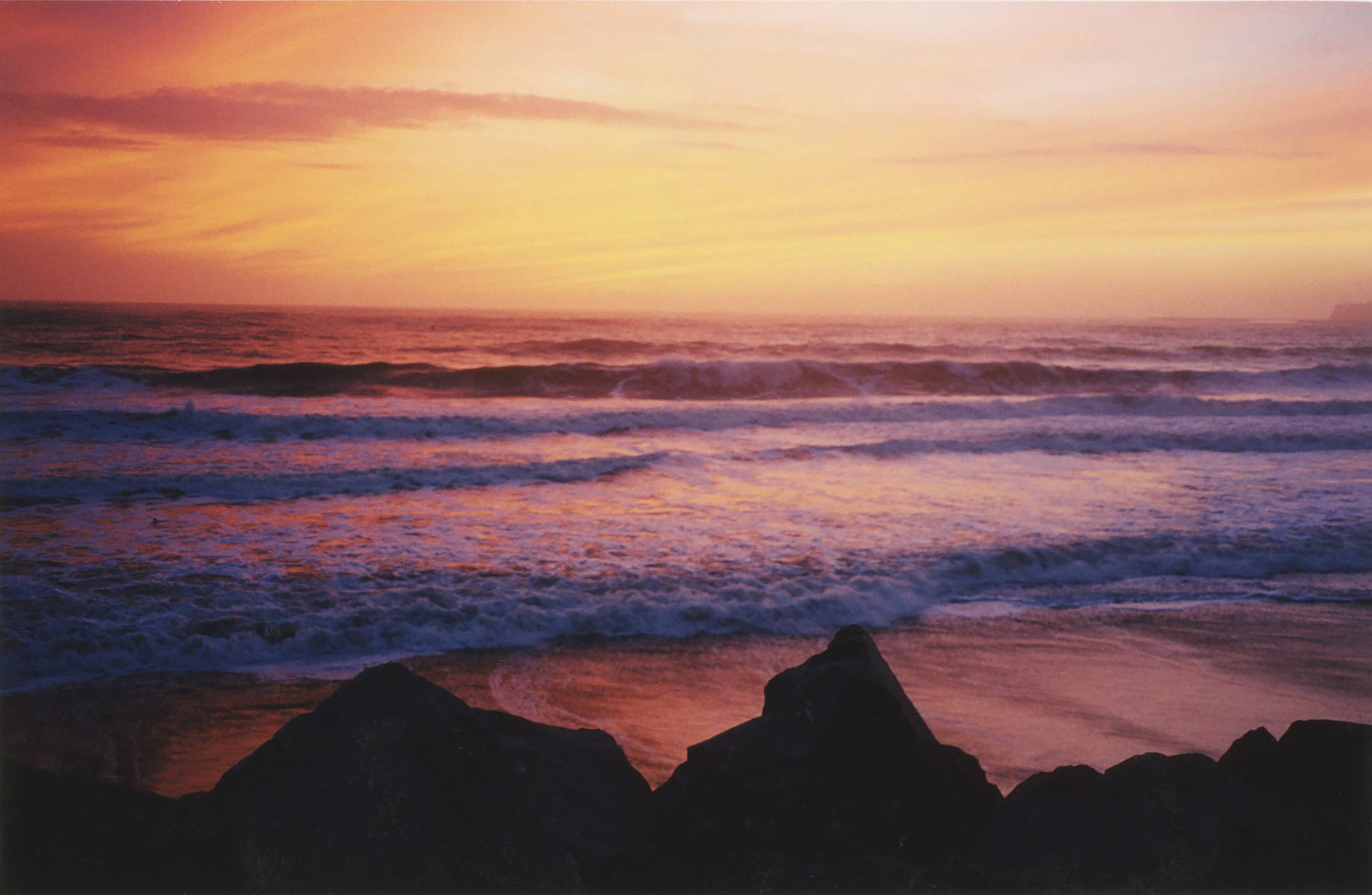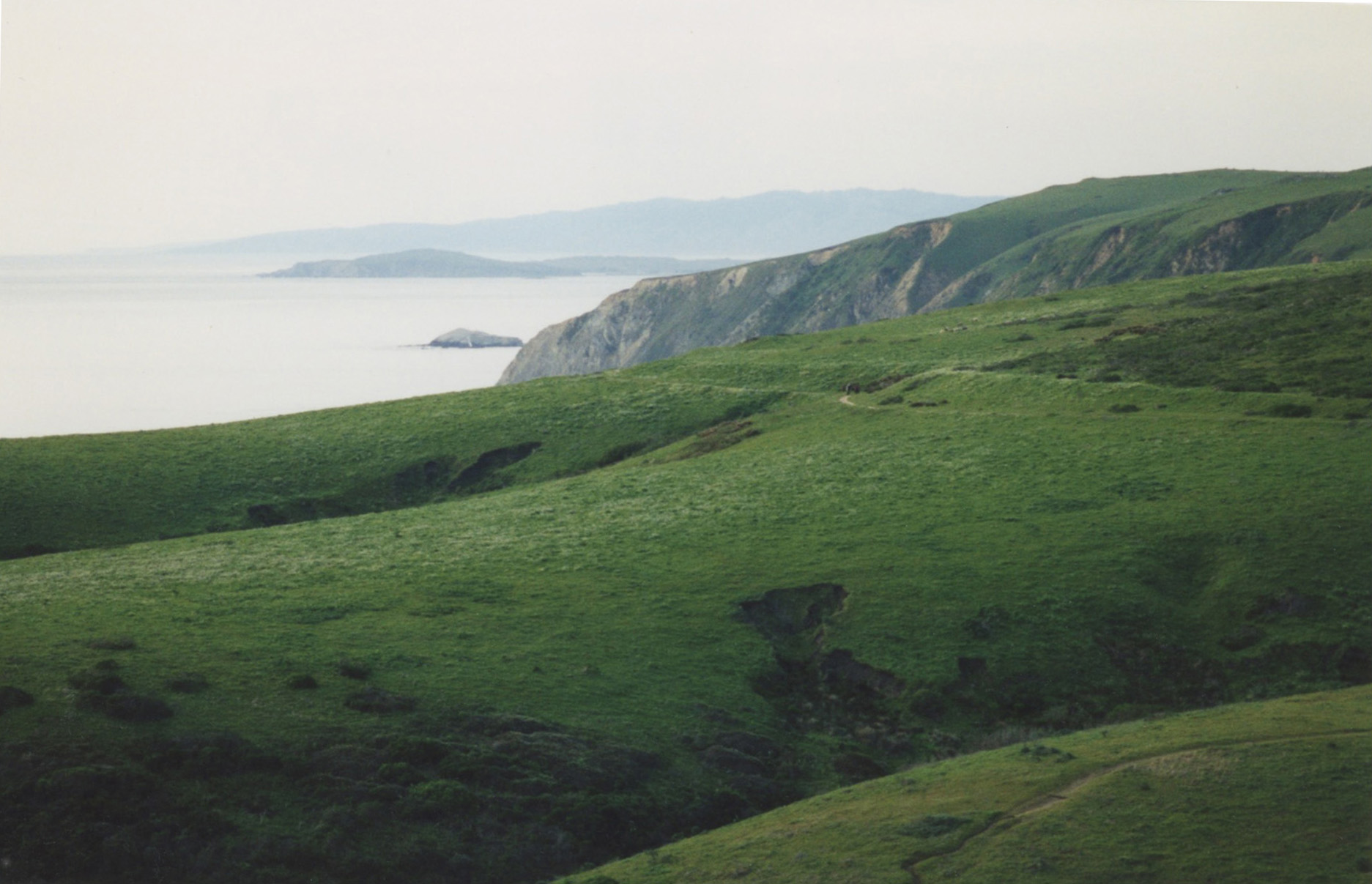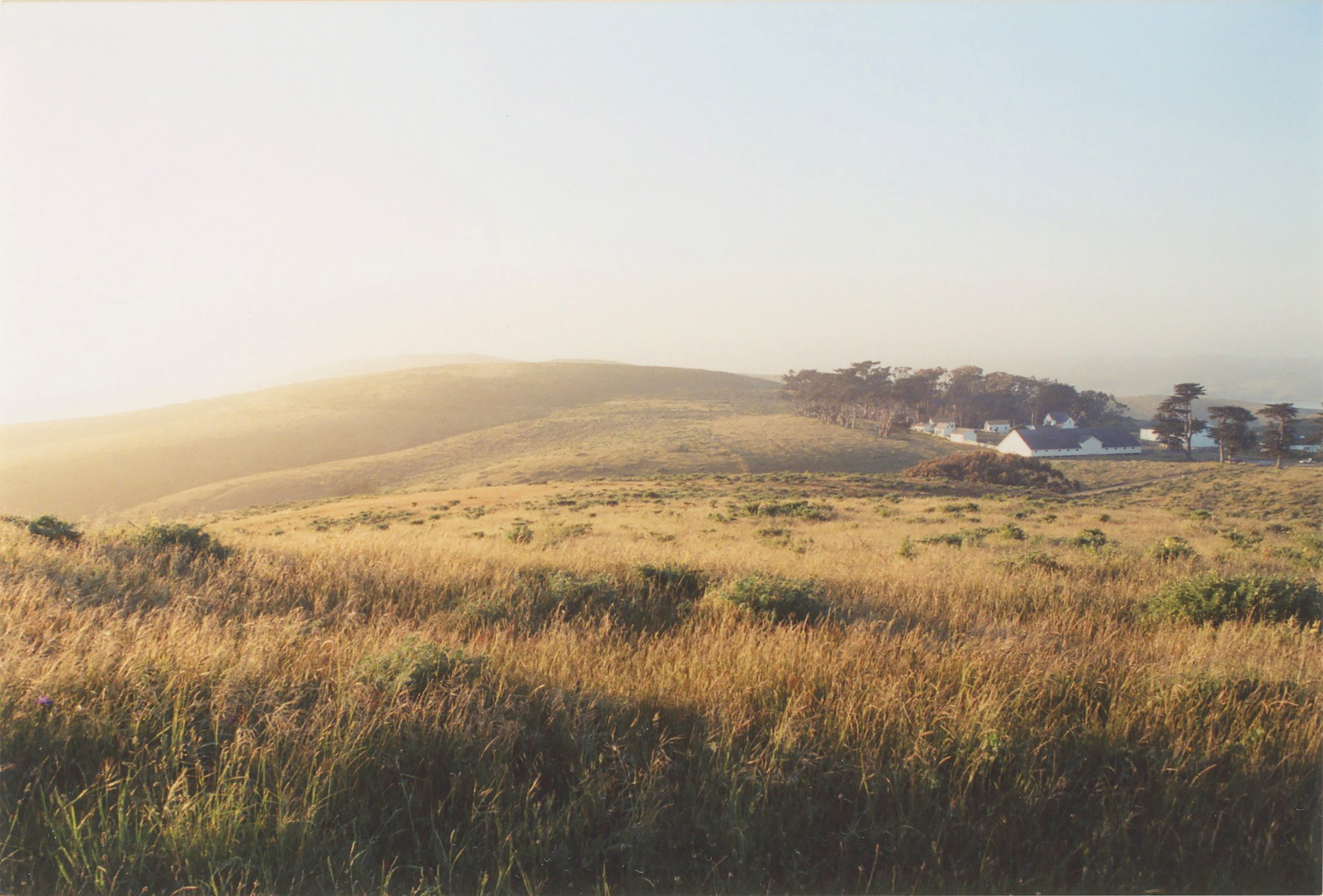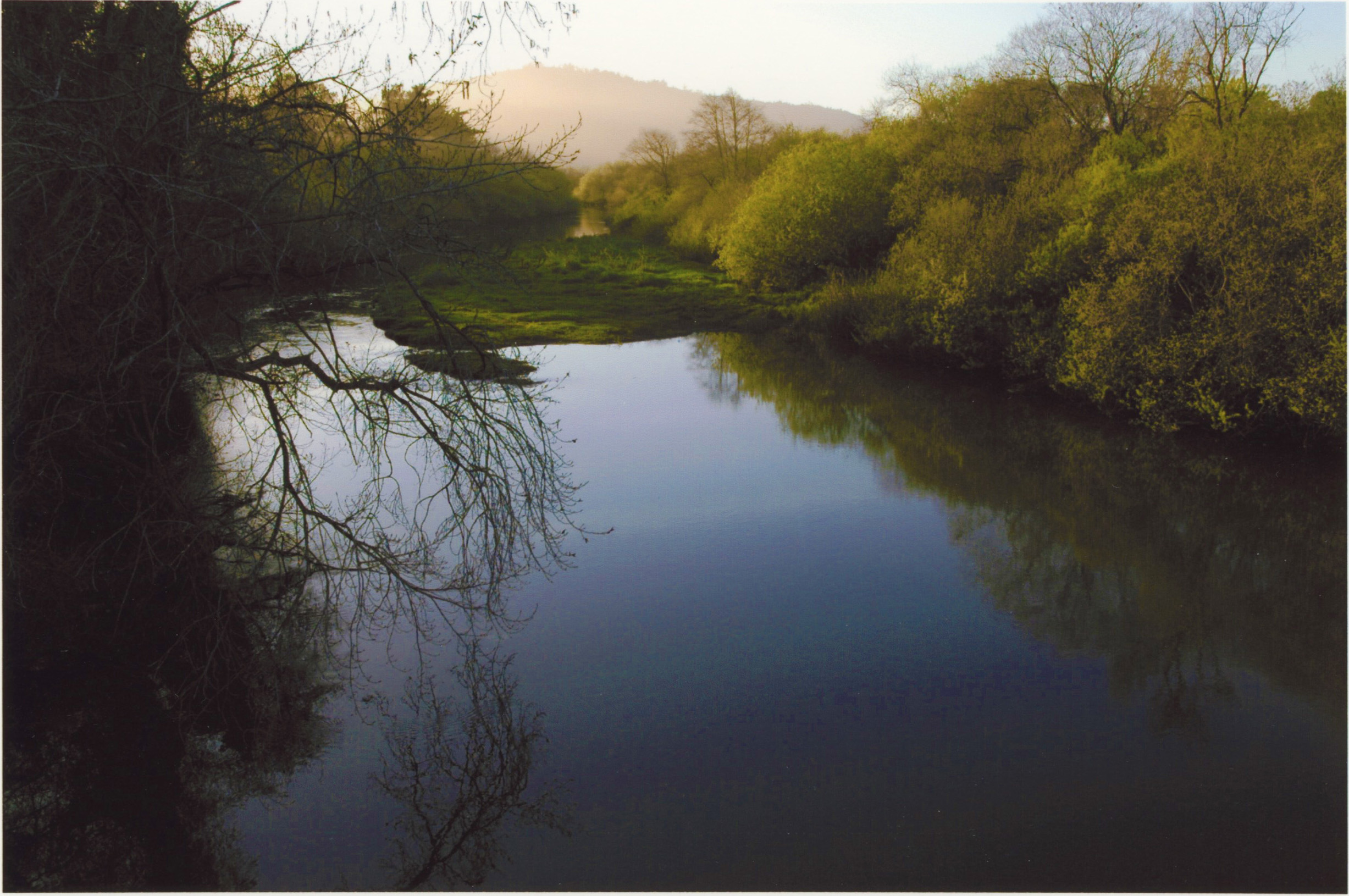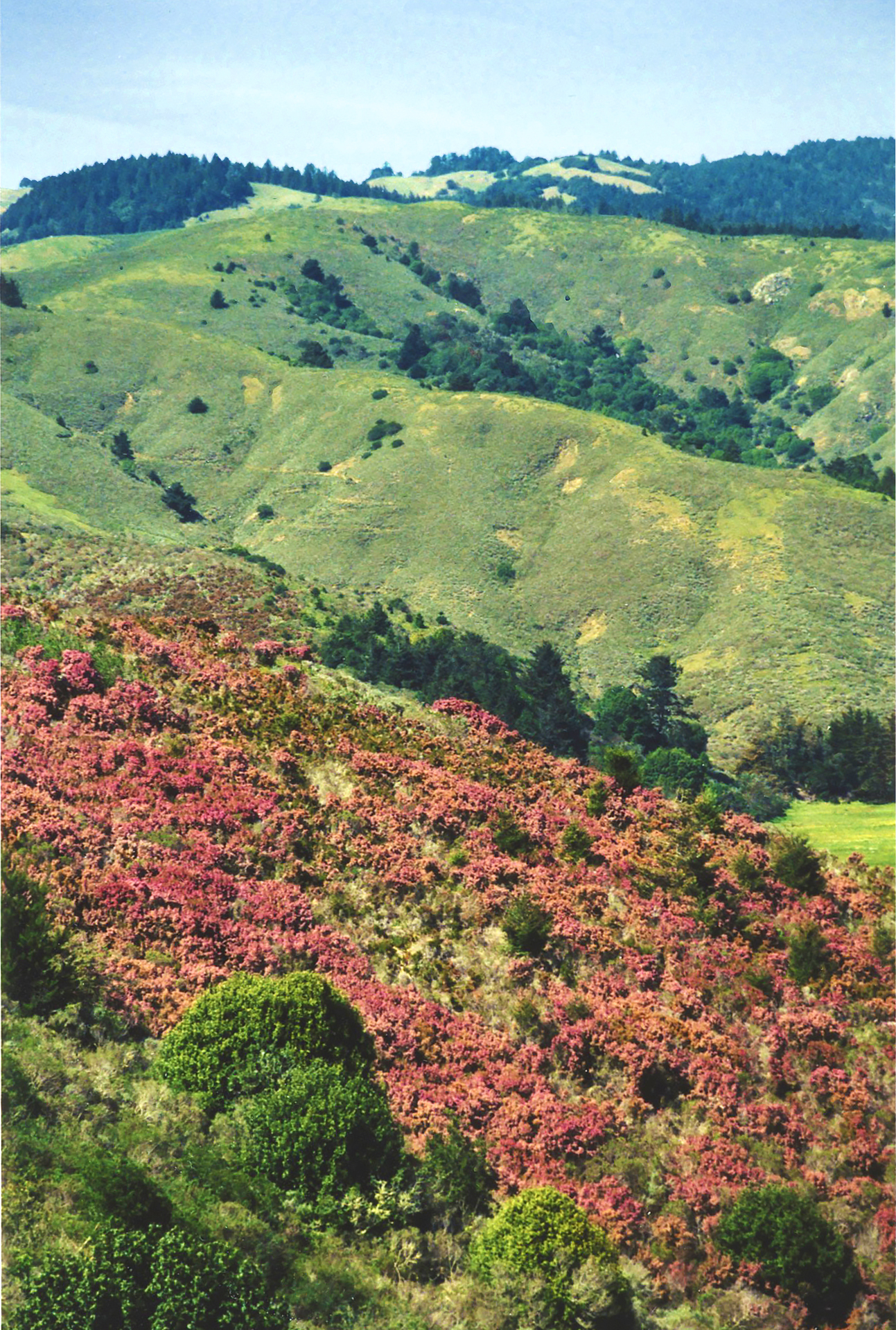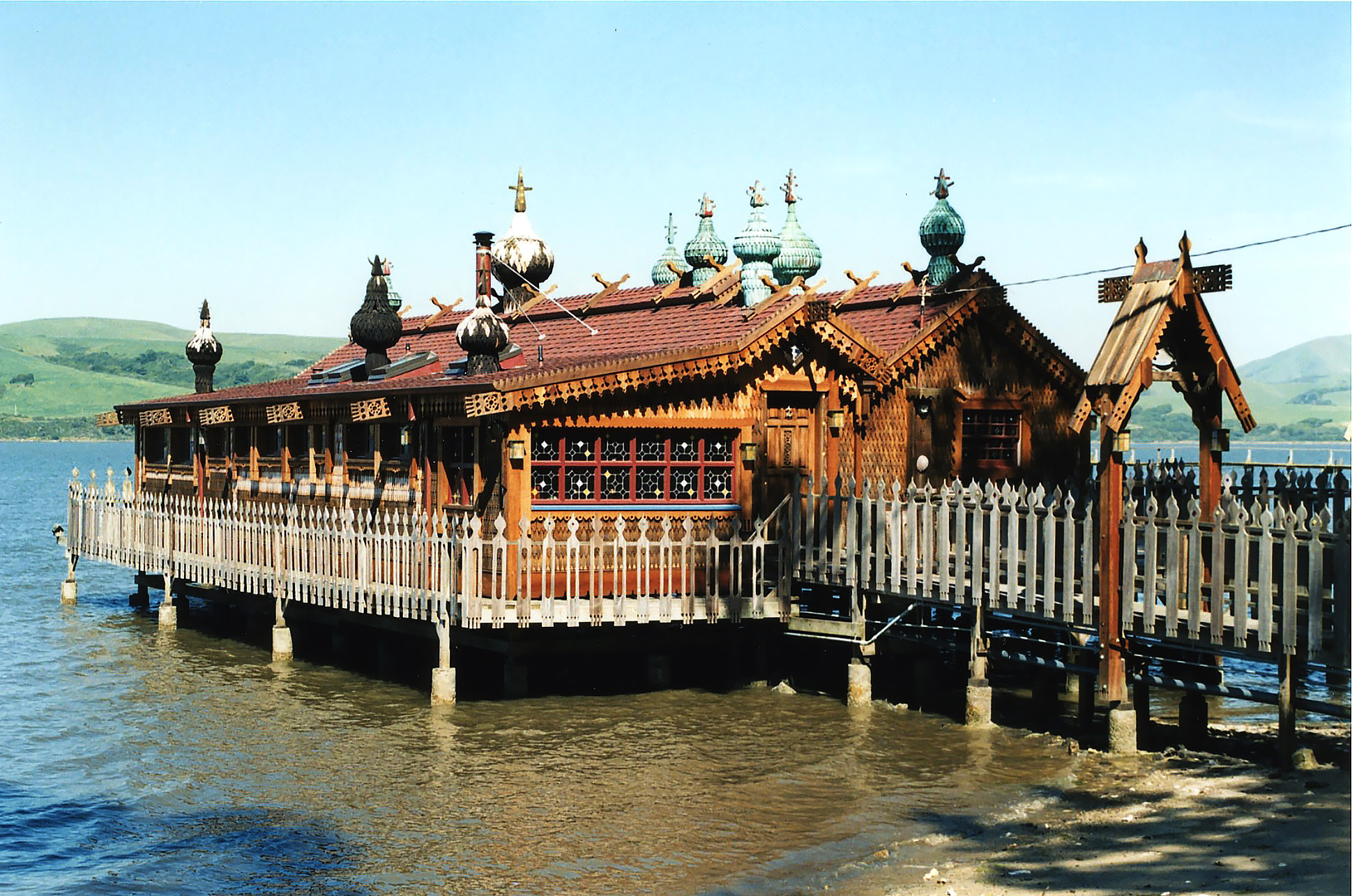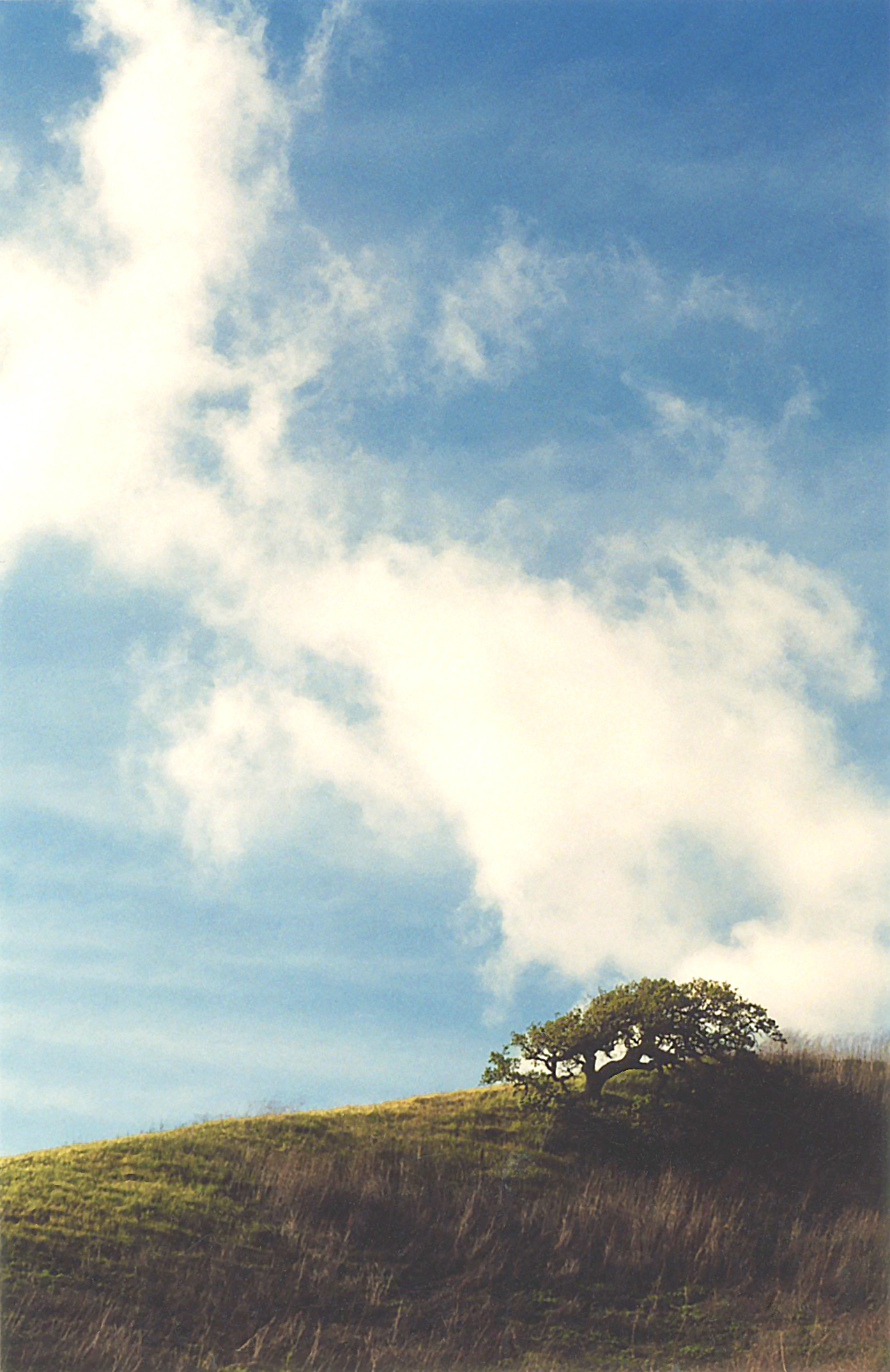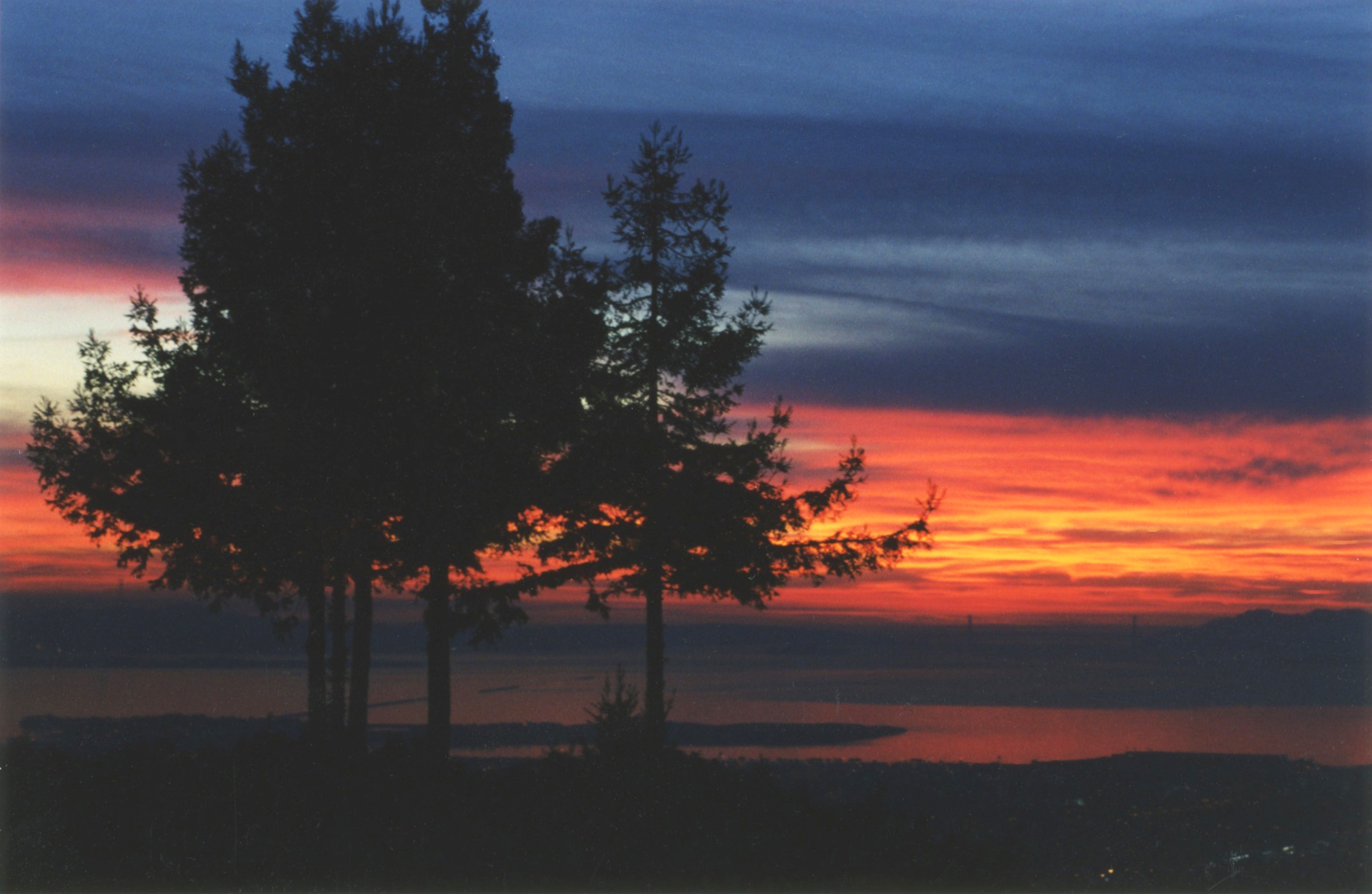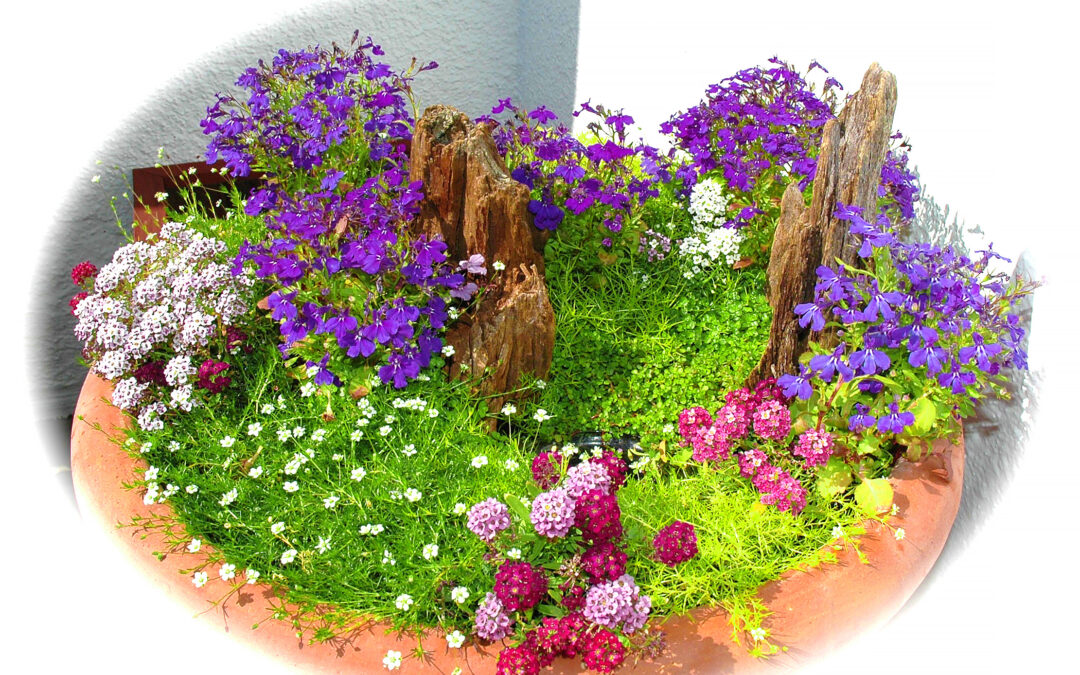Like most people with fibromyalgia, I have the sleep disorder that generally accompanies the syndrome; typically, fibromites can’t sustain level-four sleep, when muscles are repaired and the immune system replenished. Instead they pop back into level-one, or Alpha, sleep—or wake up. When I was first diagnosed, I was prescribed a low dose of Elavil, an antidepressant that increases serotonin in the brain, and for the first time in ten years I slept through the night.
Through the previous years of insomnia, however, I developed a technique for getting myself back to sleep. It worked eventually, though it took such concentration, it was exhausting in and of itself. After getting up for hot milk and letting my mind spin awhile—it wouldn’t work if I began too soon—I’d roll over on my back, with my arms at my sides, and imagine I was floating in the middle of an ocean that stretched out infinitely in all directions. Then I’d imagine the water beneath me, infinitely deep, which would bring on a chill, a shiver that lapped over my feet like a wave. With each breath, another wave would lap farther up my body—to my knees, my, thighs, my belly, until I was tingling all over. I would relinquish the ocean image then and lie absolutely still, not moving a muscle; gradually my awareness of my body would fall away and I would feel like disembodied consciousness.
I’d pretend I was looking through a window in my mind—at whatever random images my consciousness raised. At first I’d see only static, which made it hard to stay focused, but gradually I’d start to see fragments of things, then whole images, like a swooping bird or rushing train. And then I was dreaming. Often these were lucid dreams, more vivid that life—a hyper-reality. I would glance at a landscape or a row of Victorian houses or paintings on the wall of a gallery, and I would see every detail in an instant, as though my sleeping mind could apprehend a complexity far beyond what my conscious mind could. “How is this possible?” I would ask myself, wonder-struck.
In some dreams I flew. I’d start out on the ground, flapping my arms, then rise into the air and soar effortlessly, low over the skyscrapers of a city or far above the earth, its details diminishing beneath me. These would start out as ecstatic dreams, but sooner or later, they’d degenerate into nightmares. In one, I remember, I came to rest on my bed, and as I lay there, the bedding beneath me became hotter…and hotter. I had the presentiment then that if I could only stand the pain, I would break through to another dimension of consciousness. So I gritted my teeth, but the heat became so terrible, I finally couldn’t stand it any longer, and I woke myself up at the count of three, something I would do in future nightmares as well.
I’ve heard it said about meditating that there are places that you shouldn’t go without the guidance of a master. And I’ve wondered whether, in dreams, I’ve strayed to the borders of those places.
A friend suggested I might be traveling on the astral plane—that everything I saw was real. In one dream I hovered over a fabulous Victorian house, which had been preserved as a museum. On one of the gables was an extraordinary window. I’ll remember that window, I thought, and if I ever see it in life, I’ll know these places are real. But when I woke up some time later, I couldn’t for the life of me recall what the window looked like. And in the years since, whenever I spot an unusual window on the gable of a Victorian house, I find myself straining to remember.
